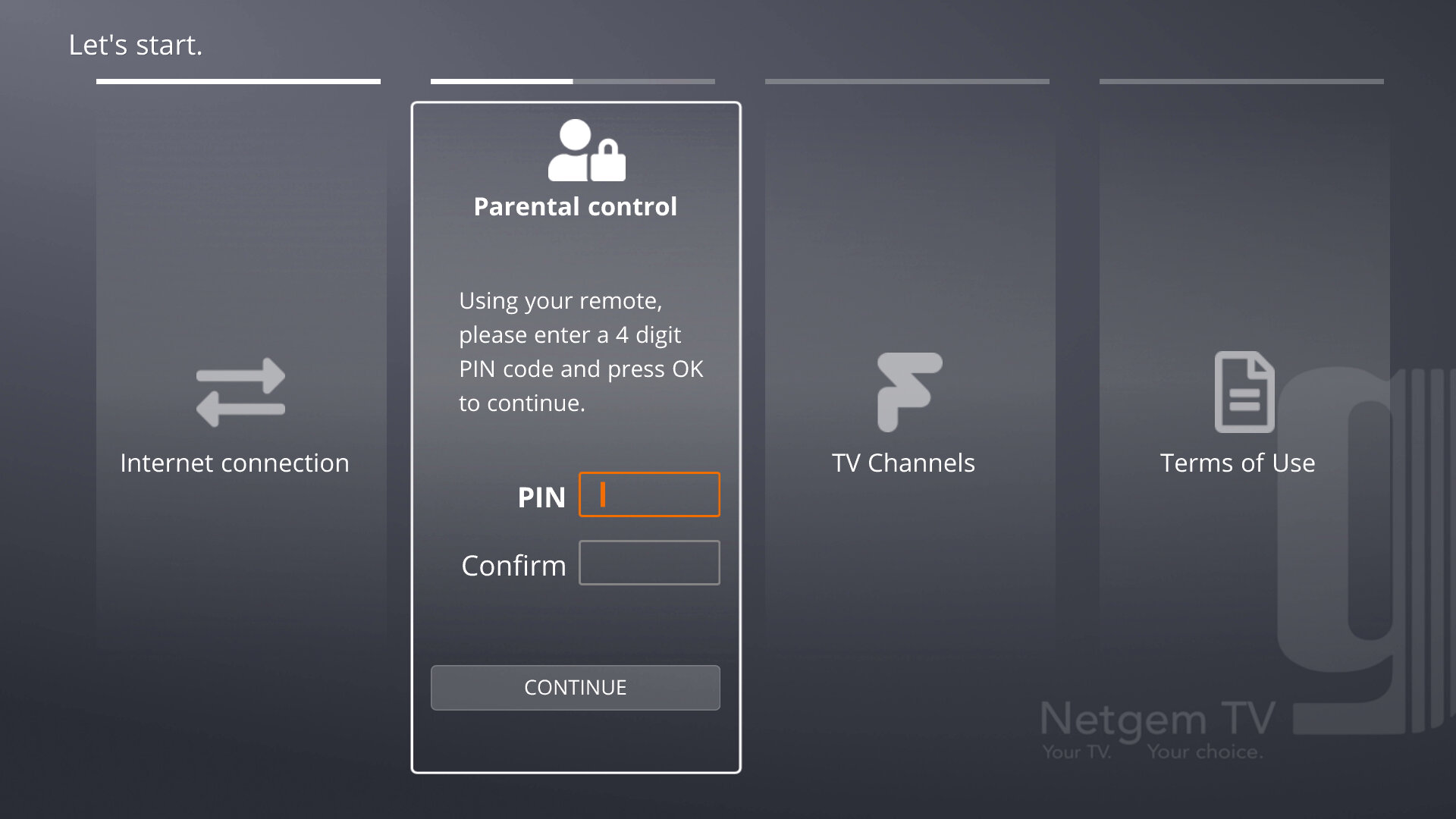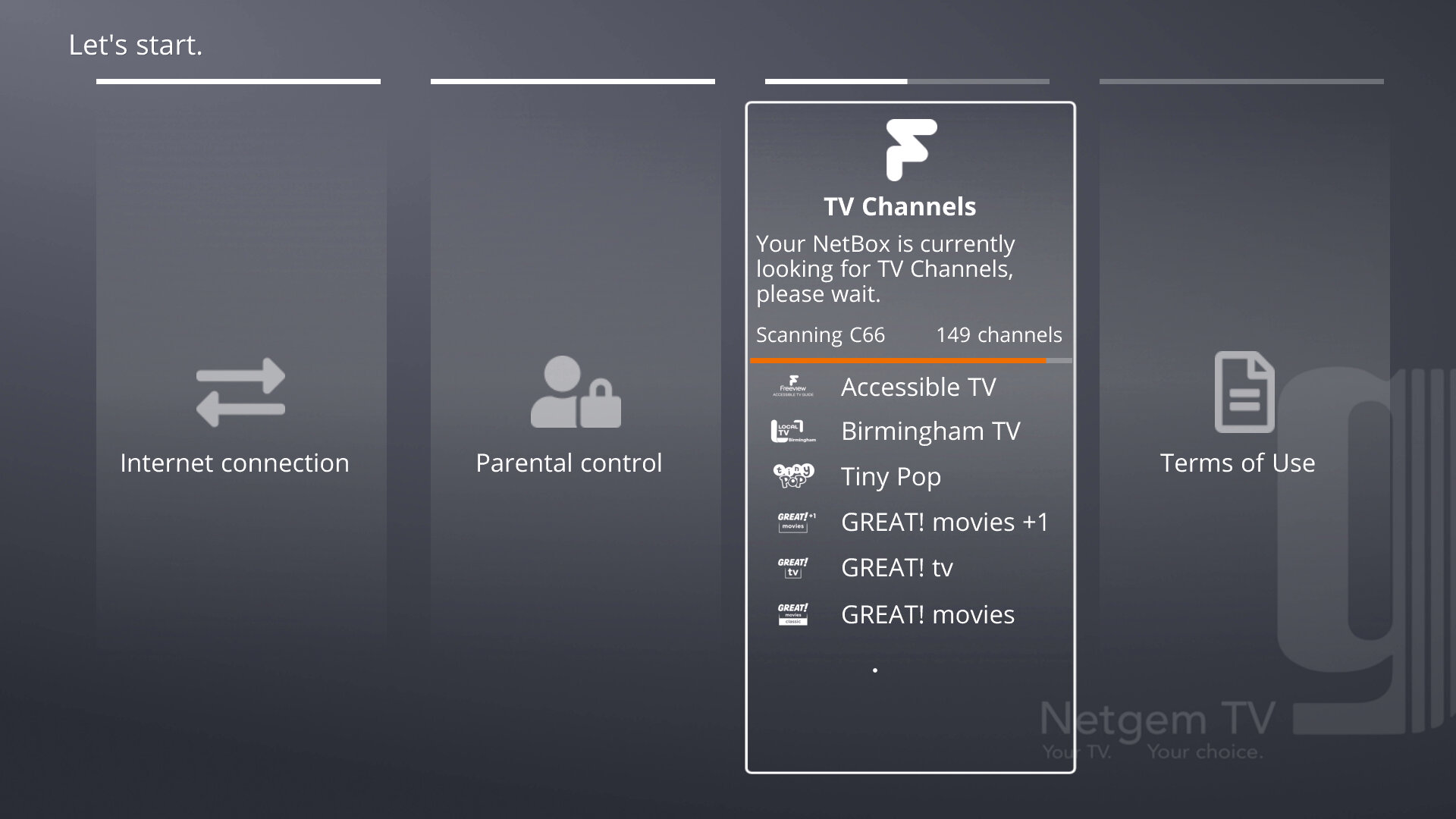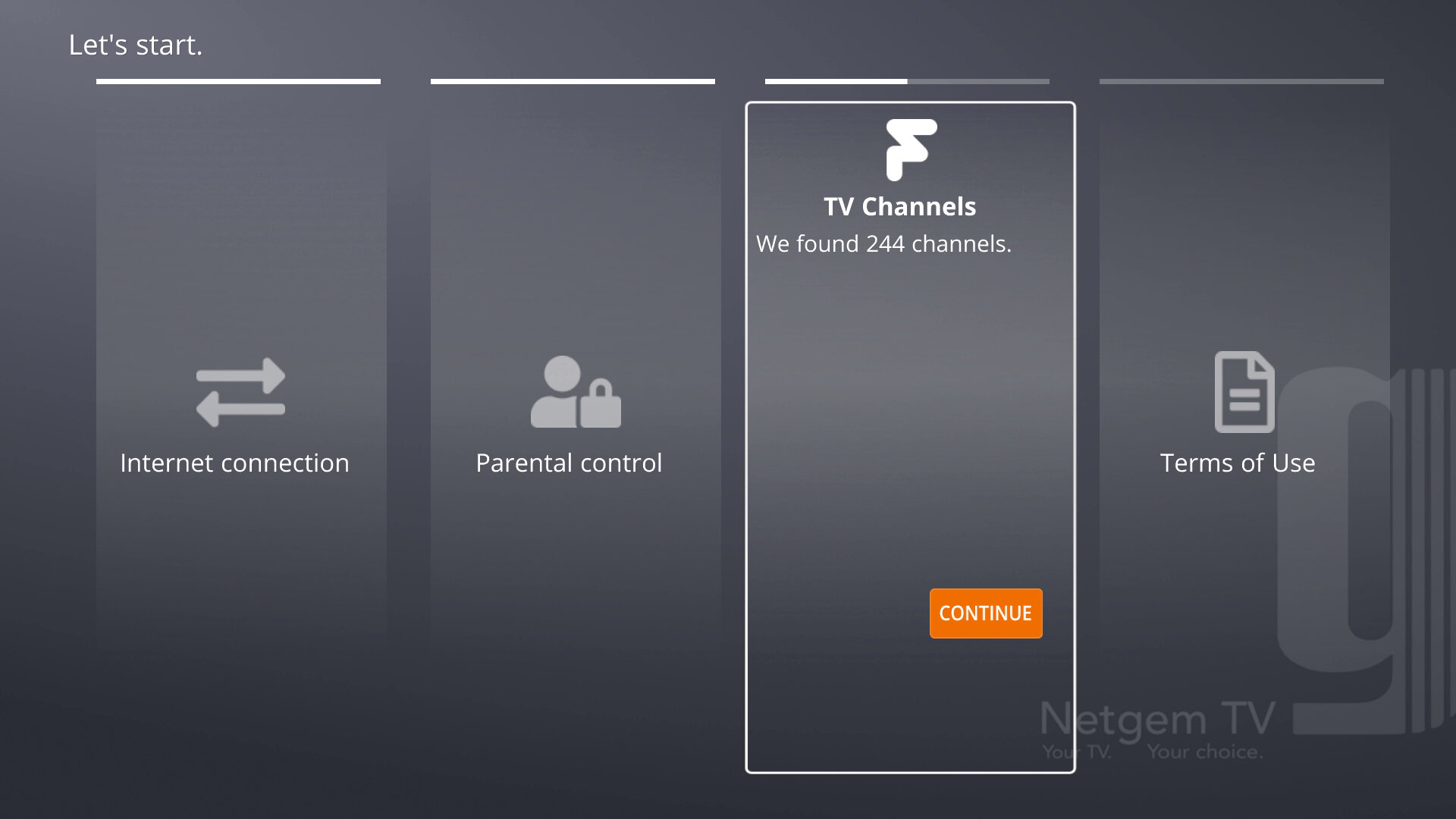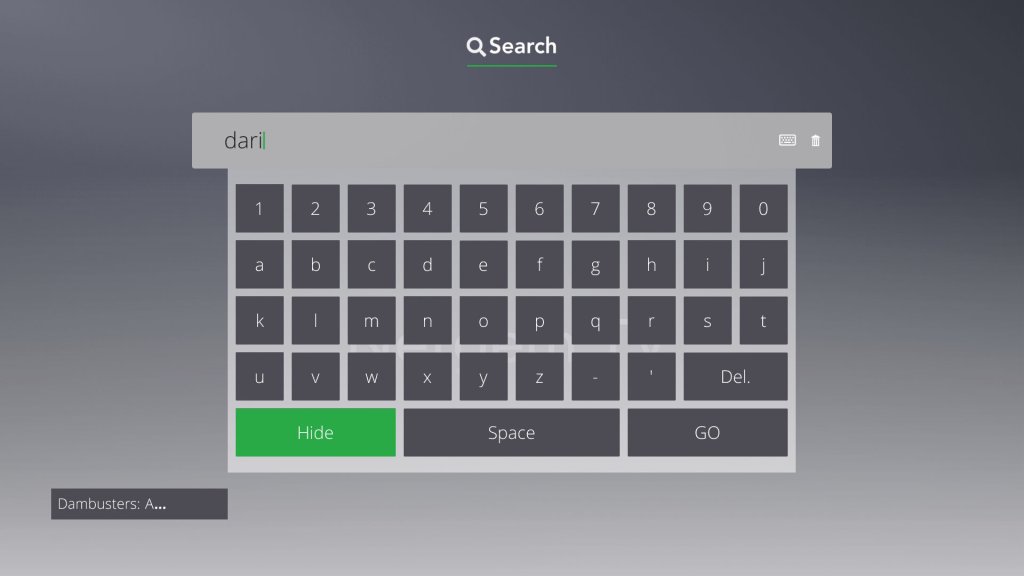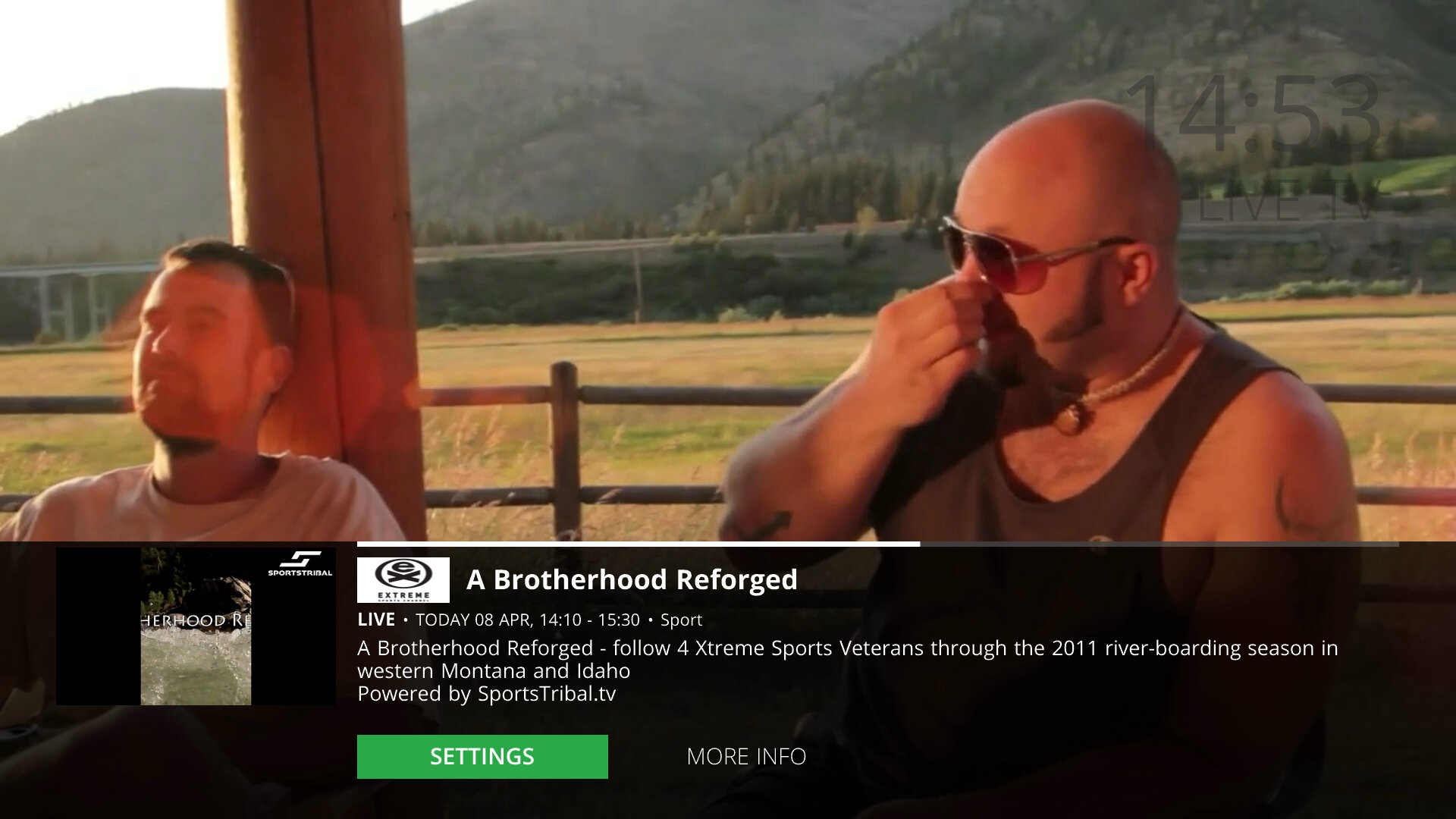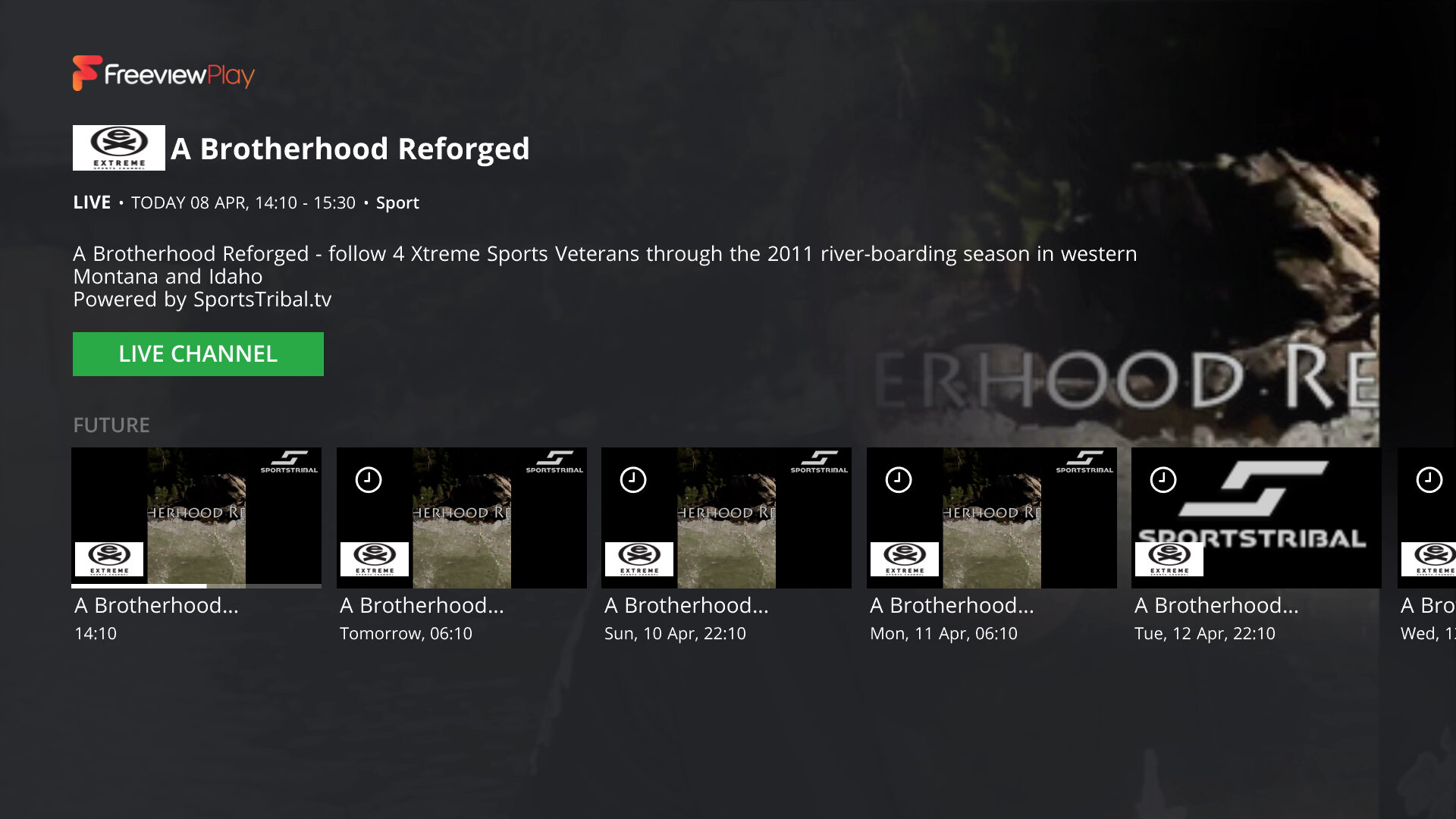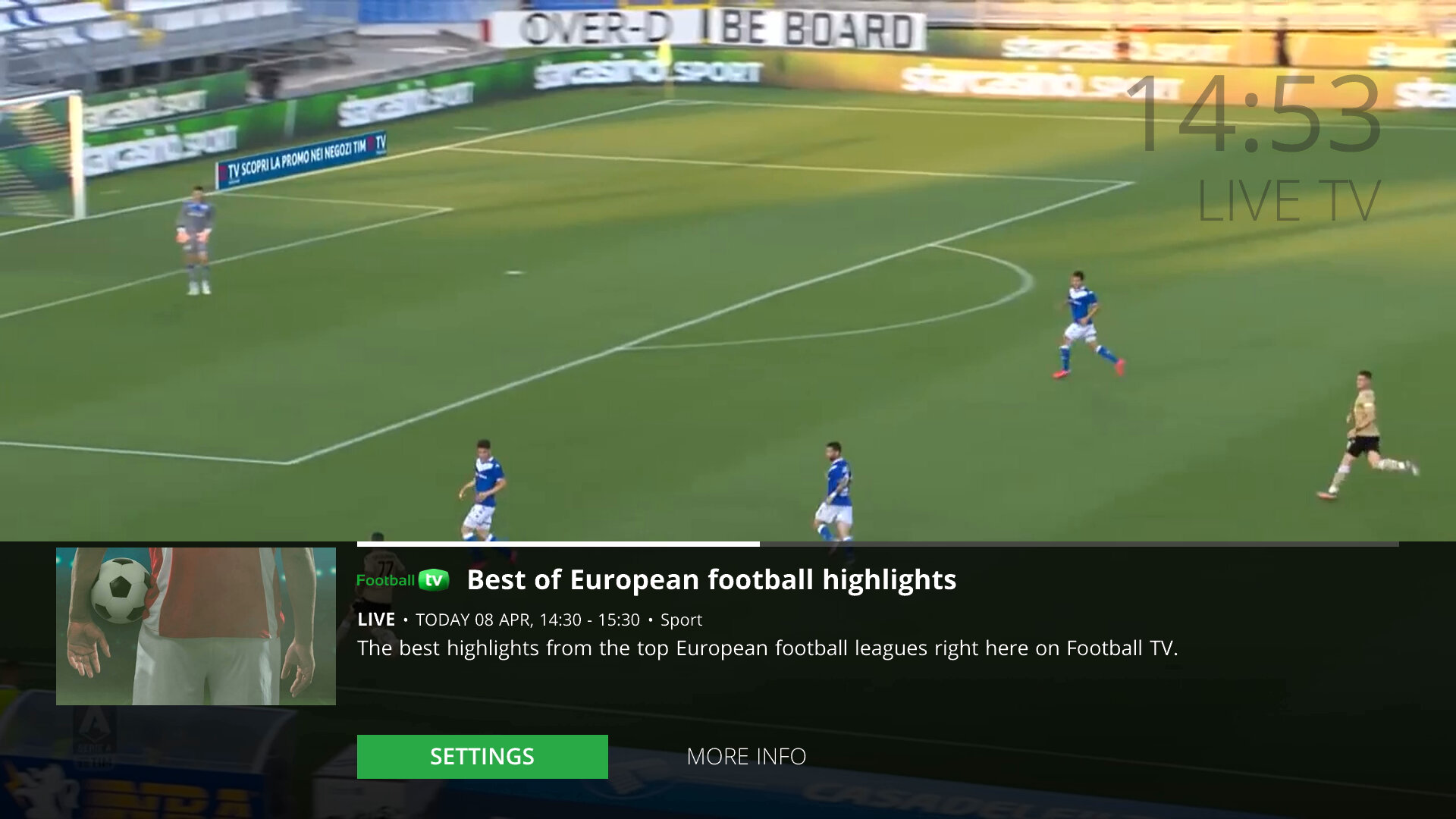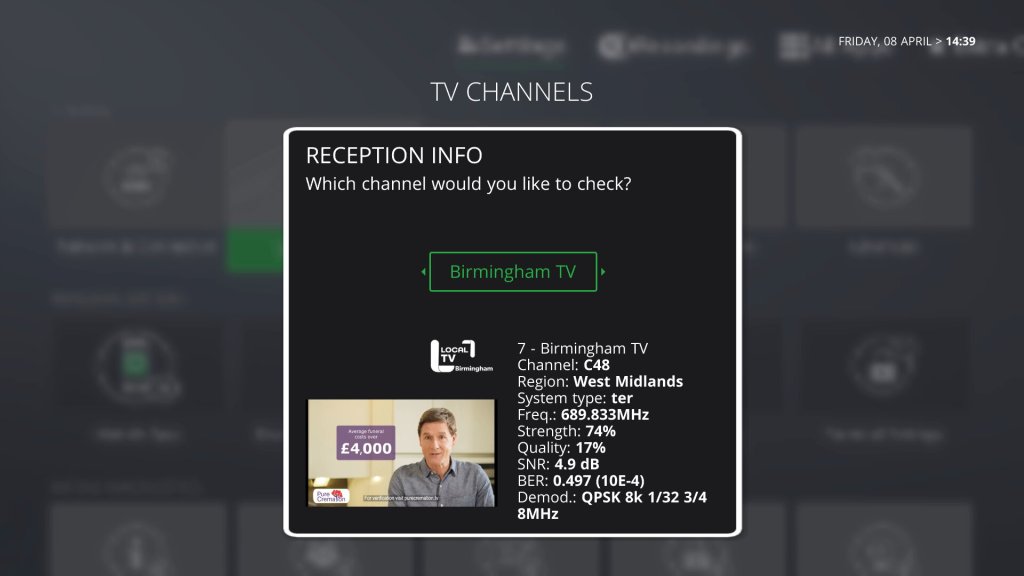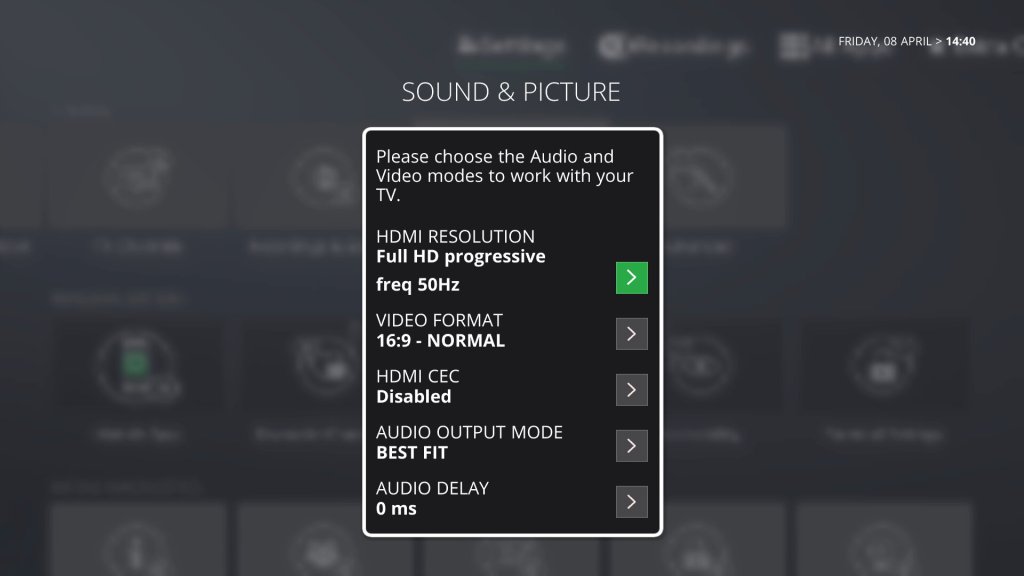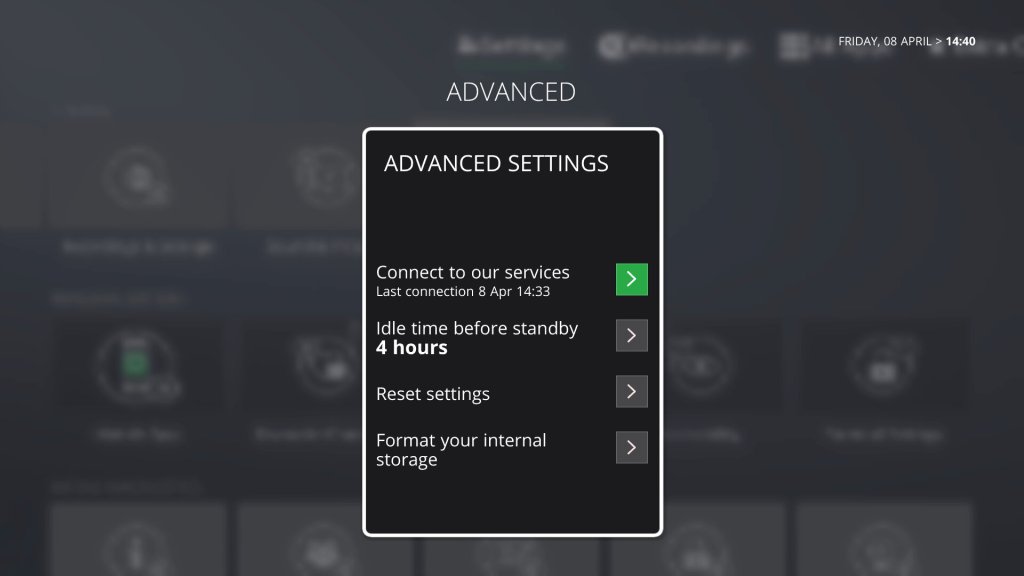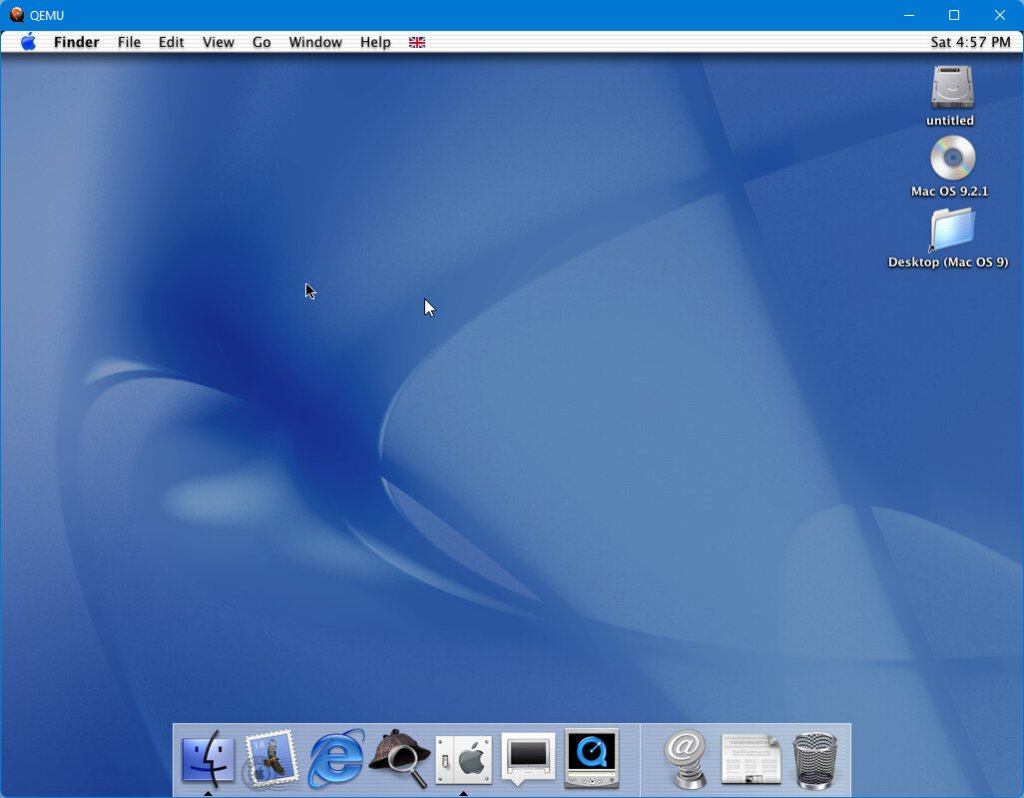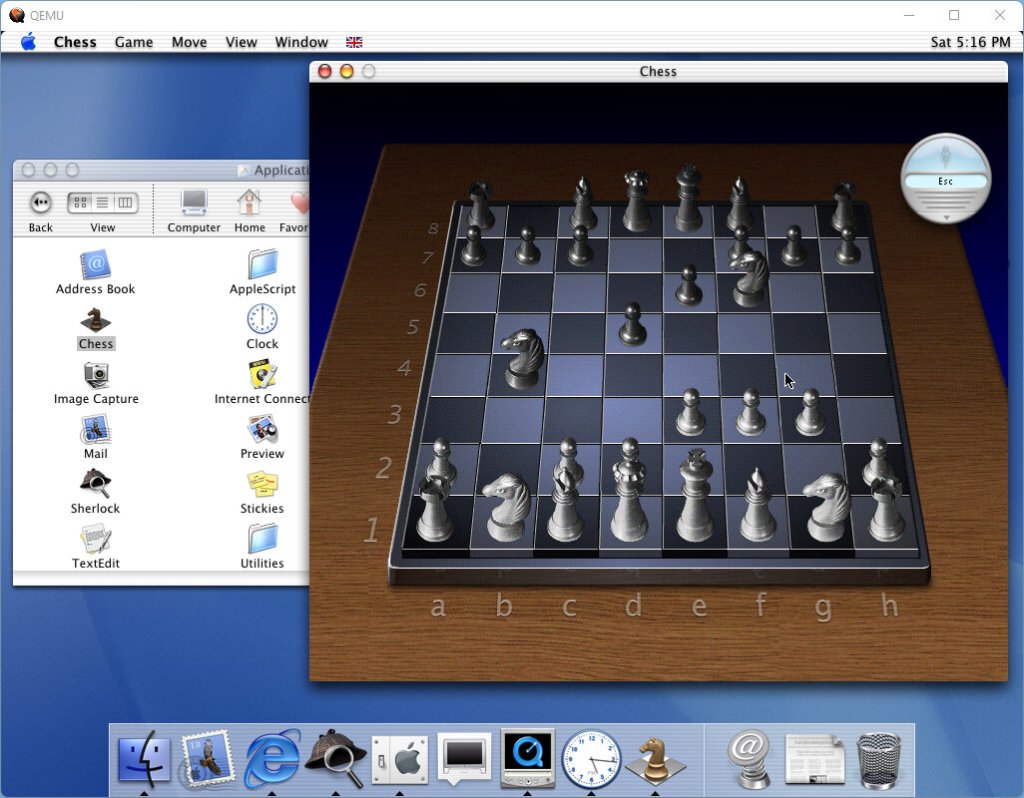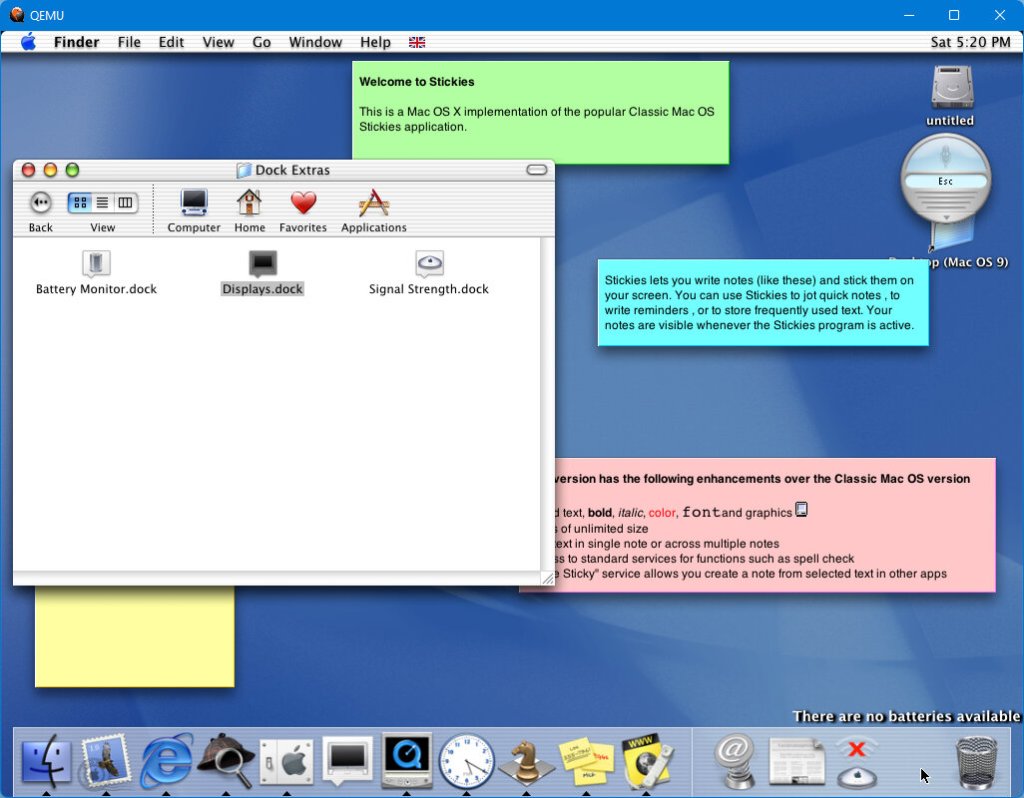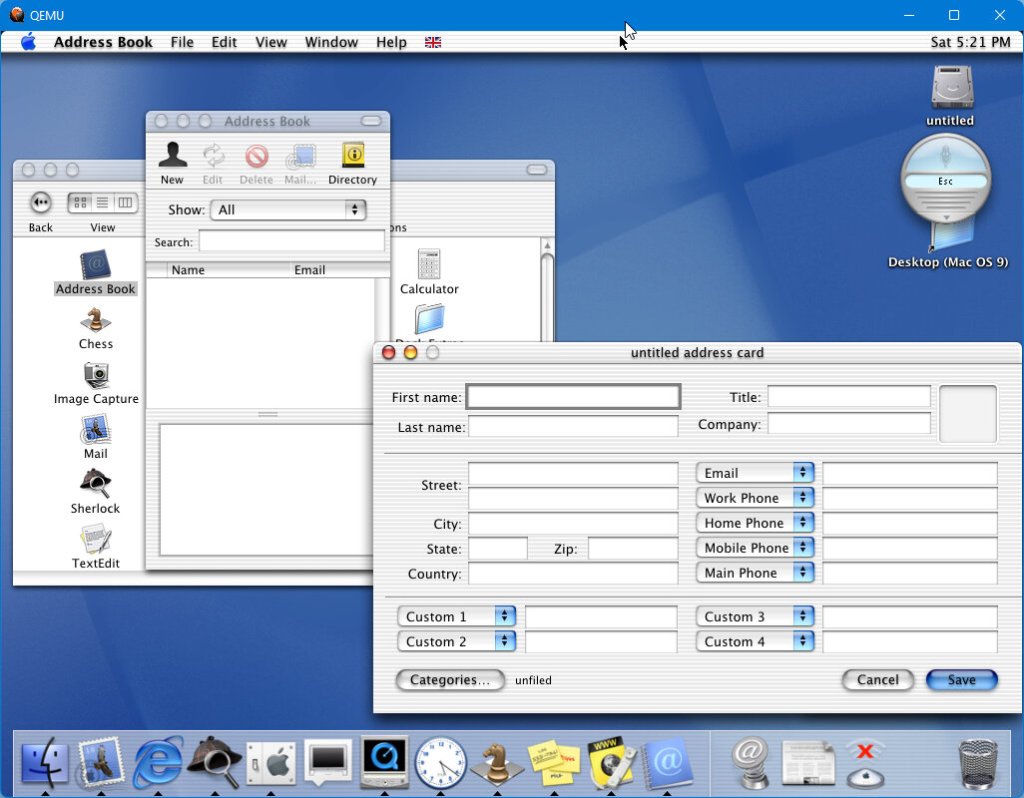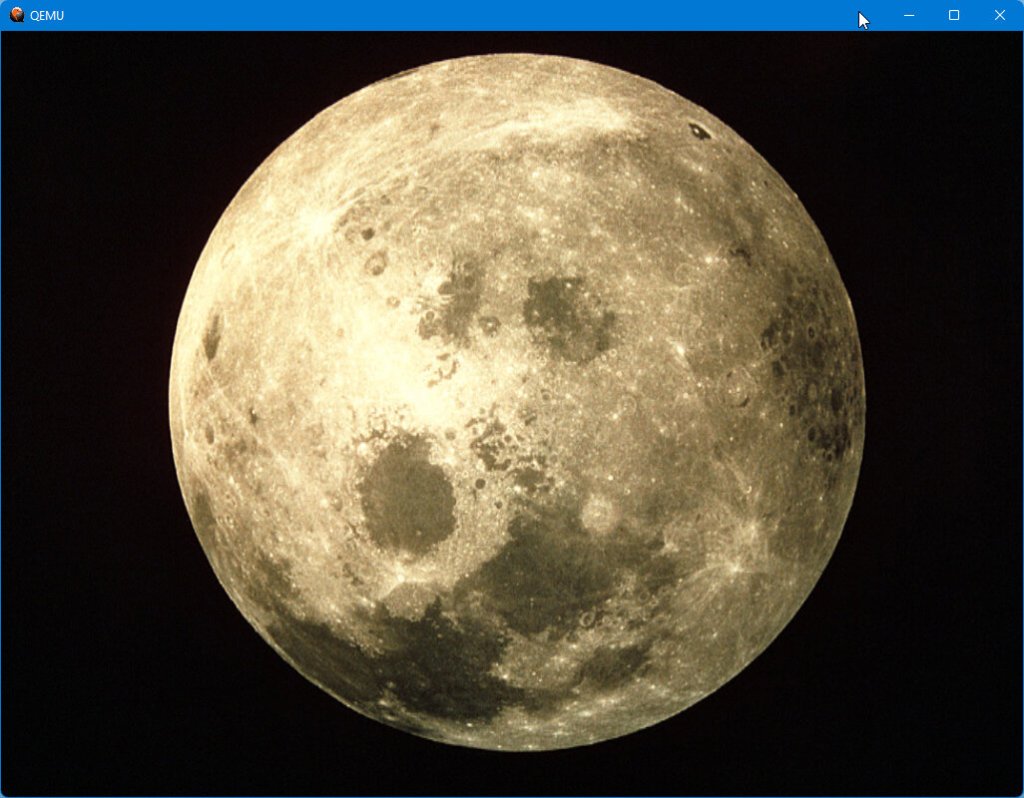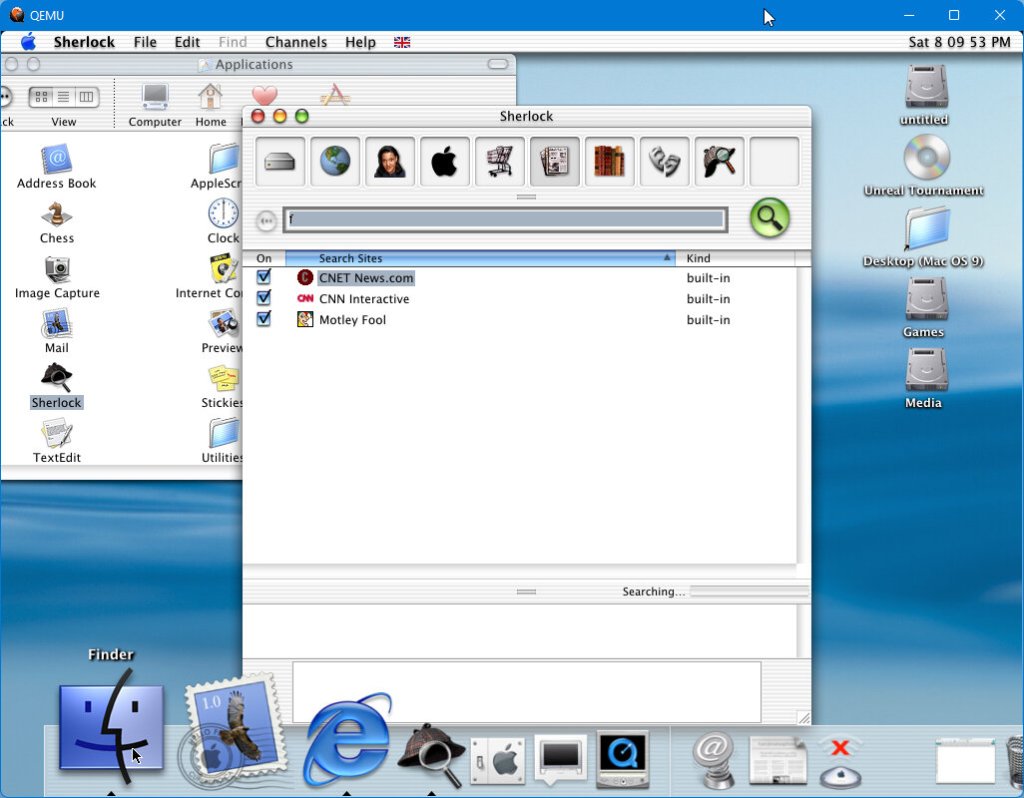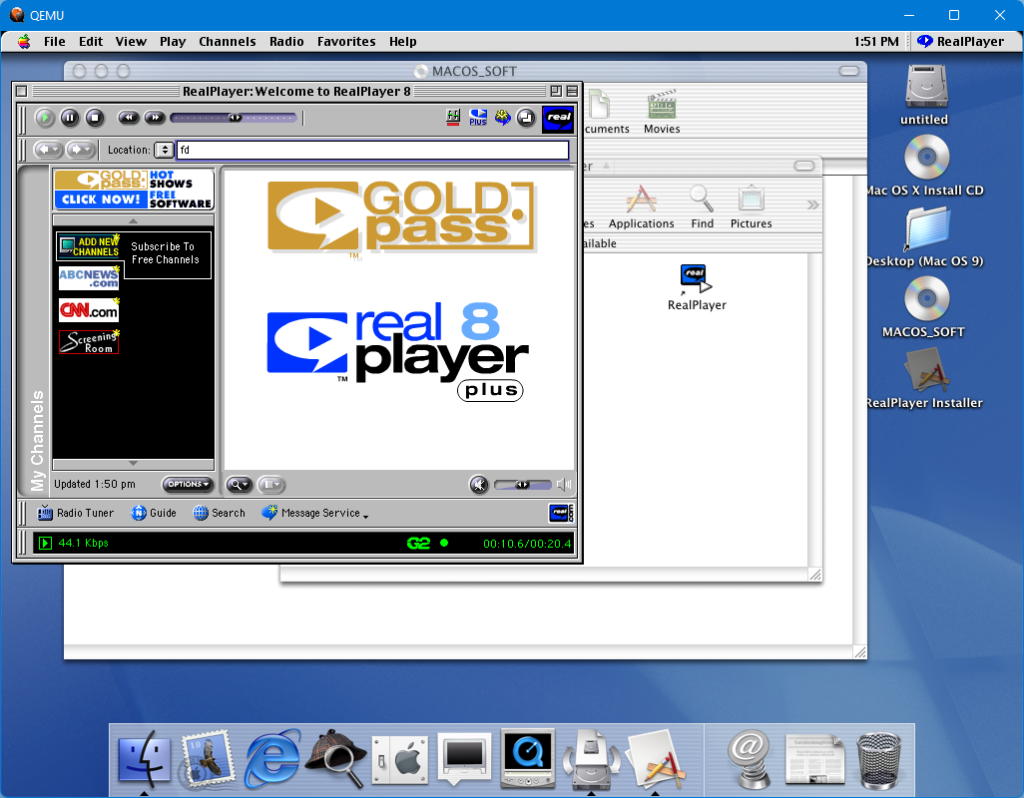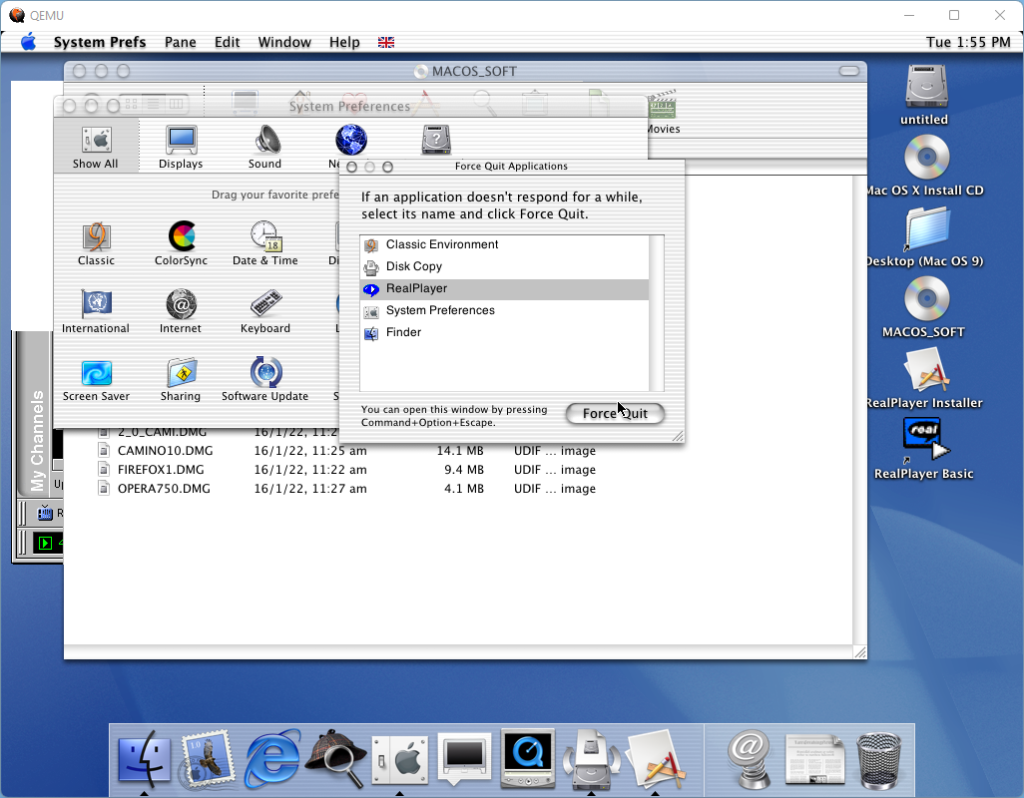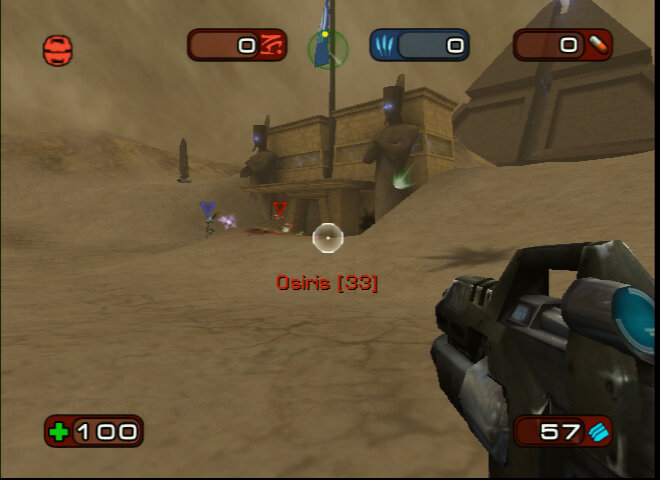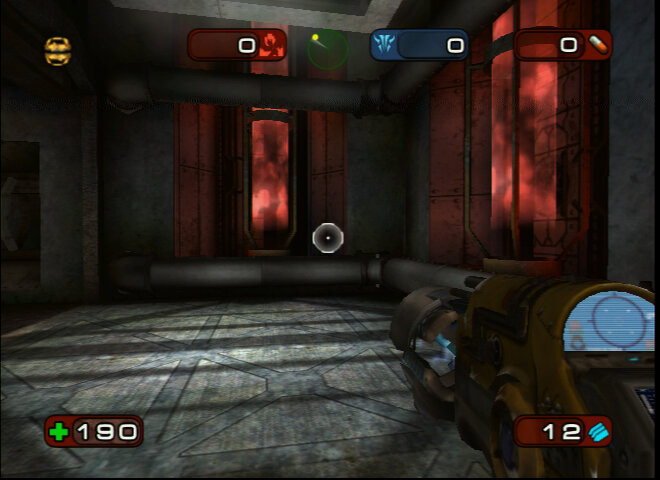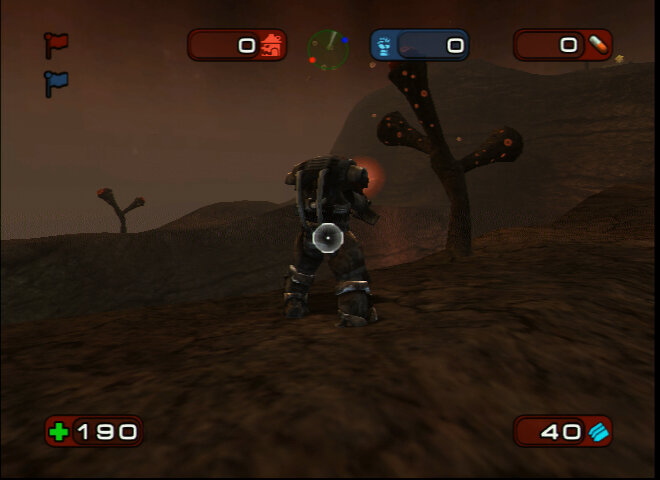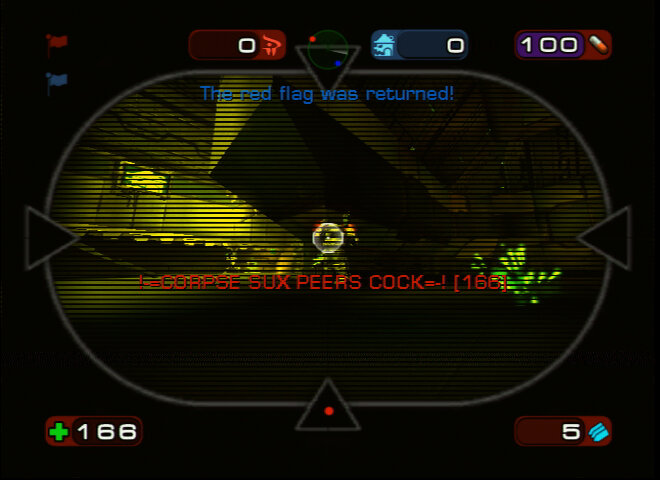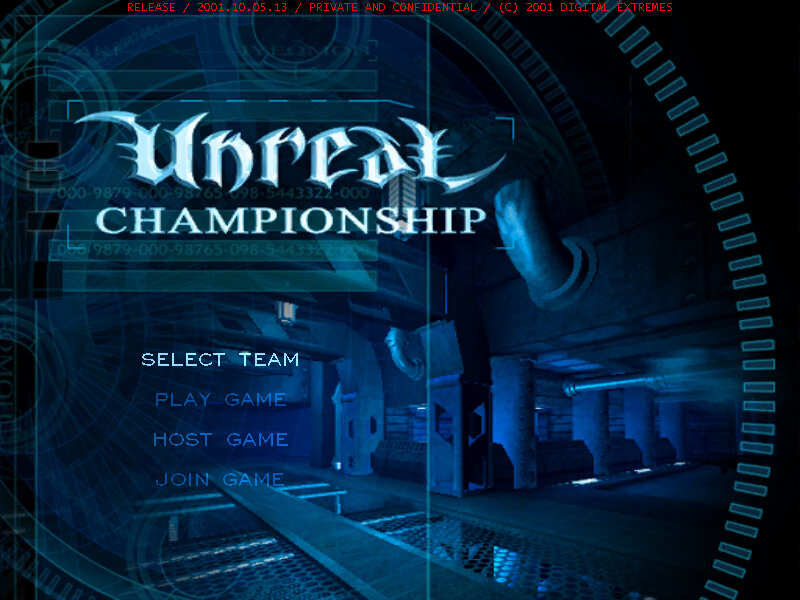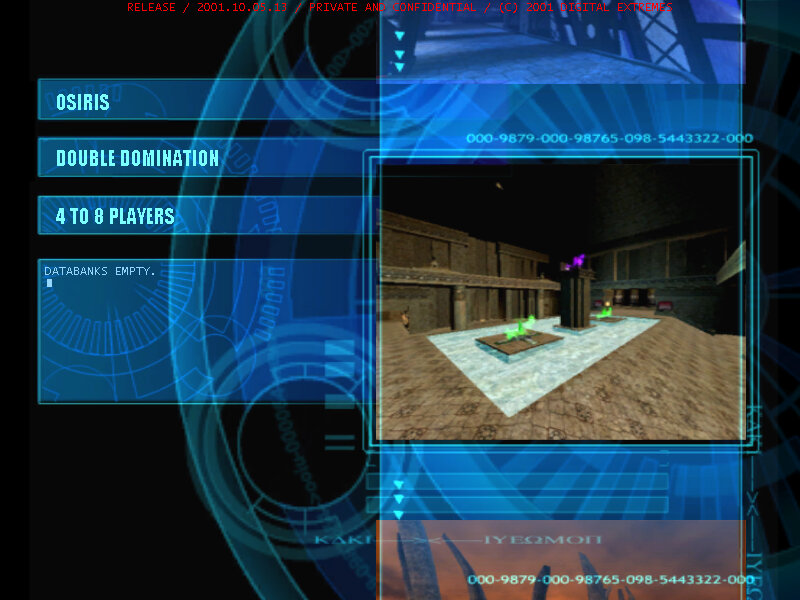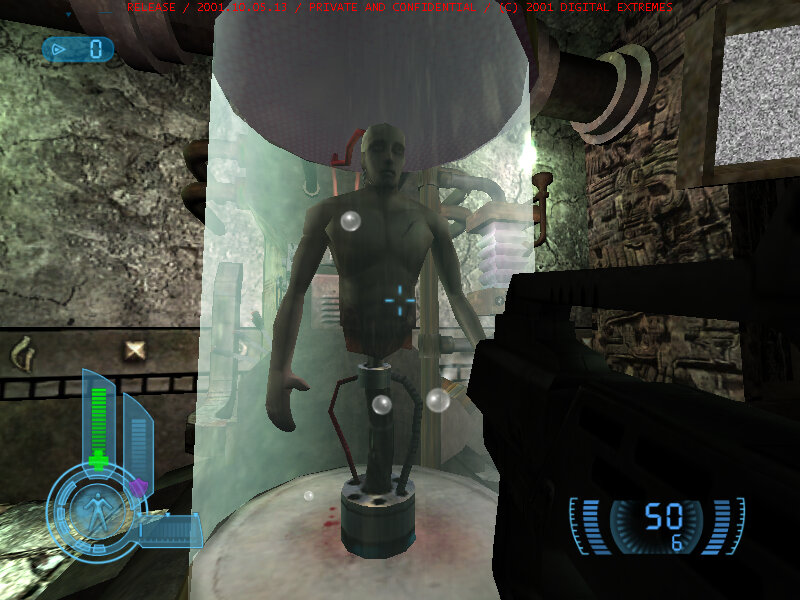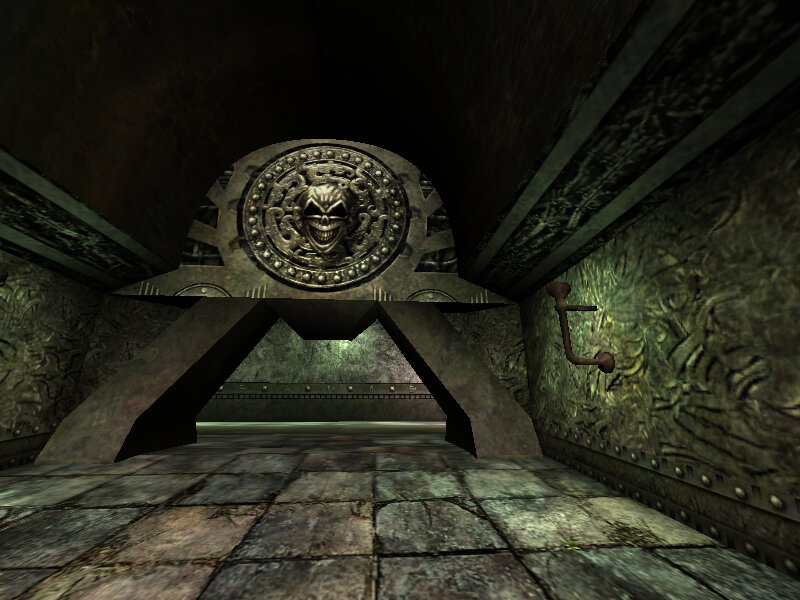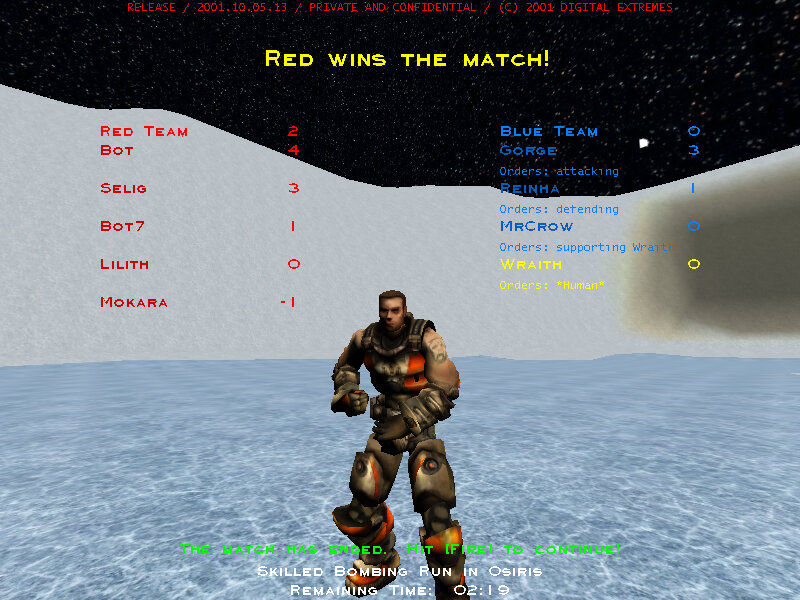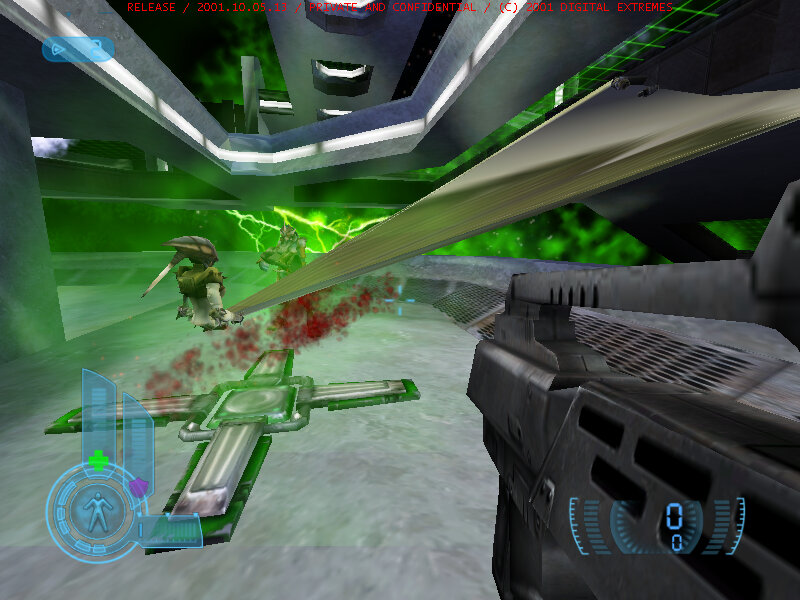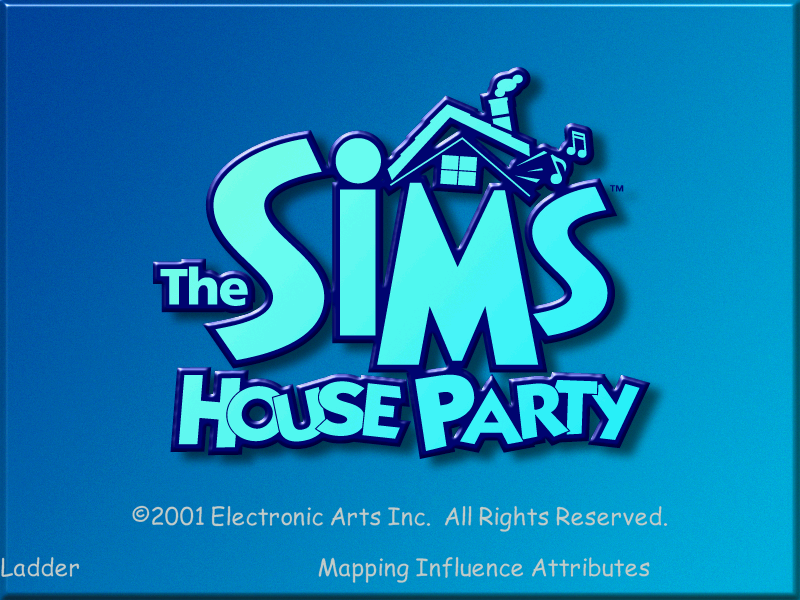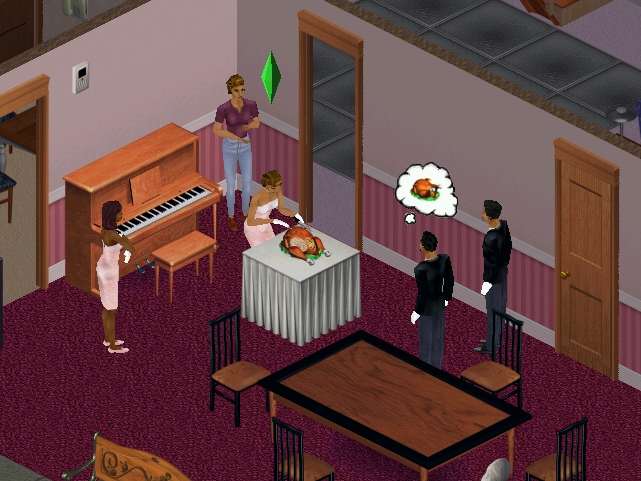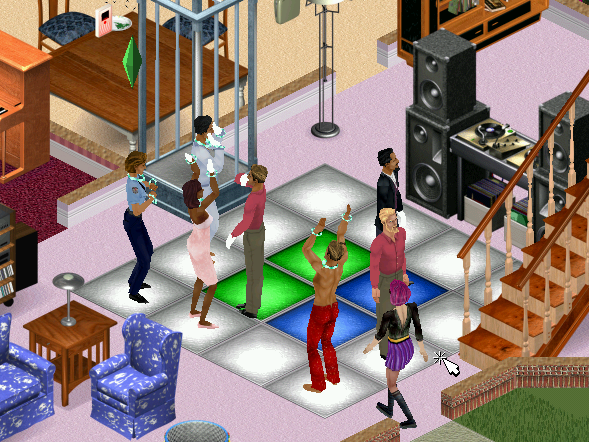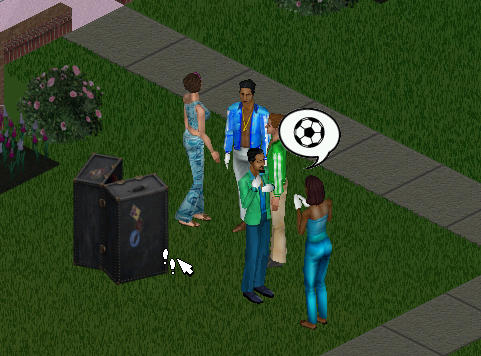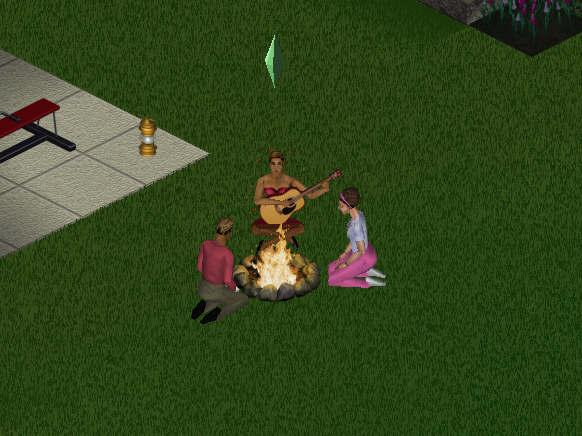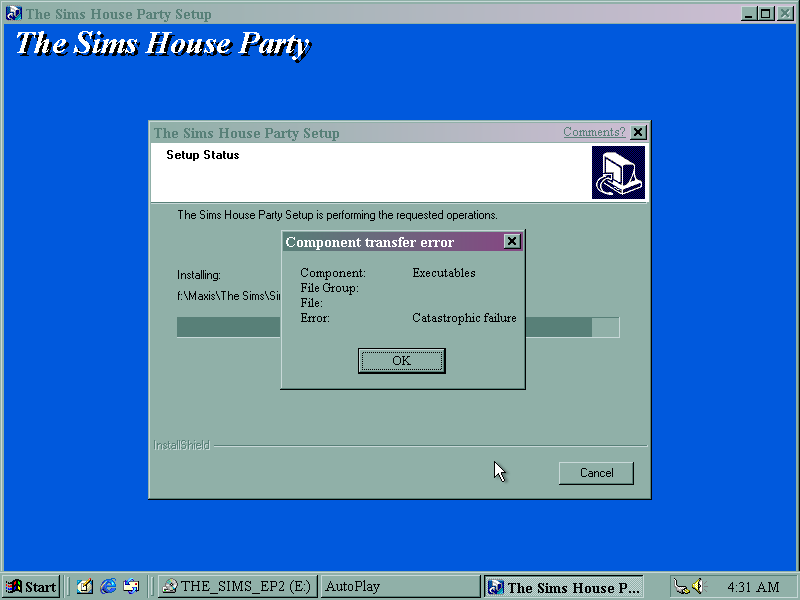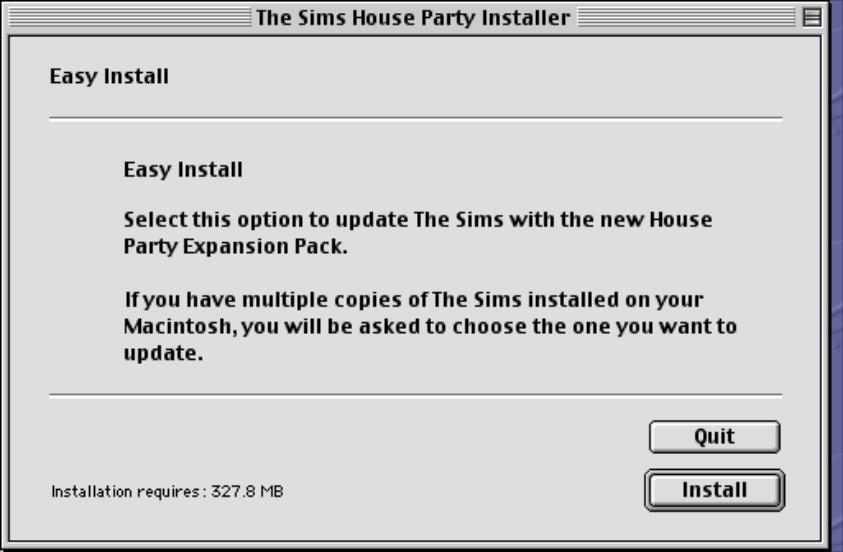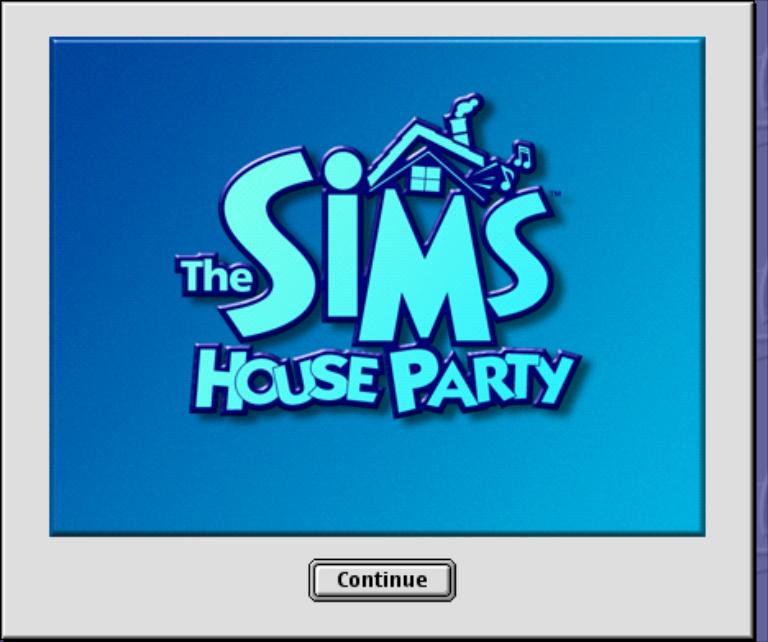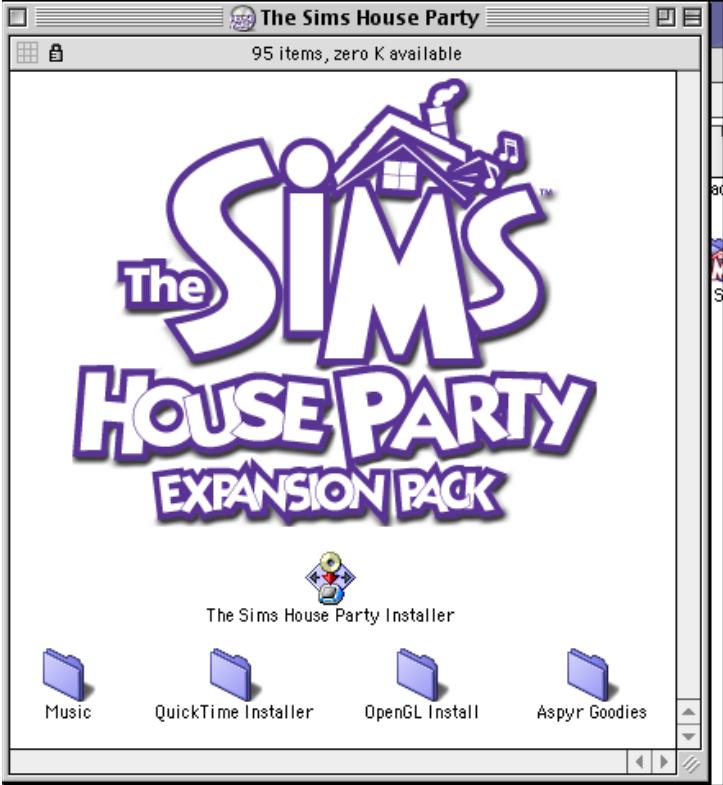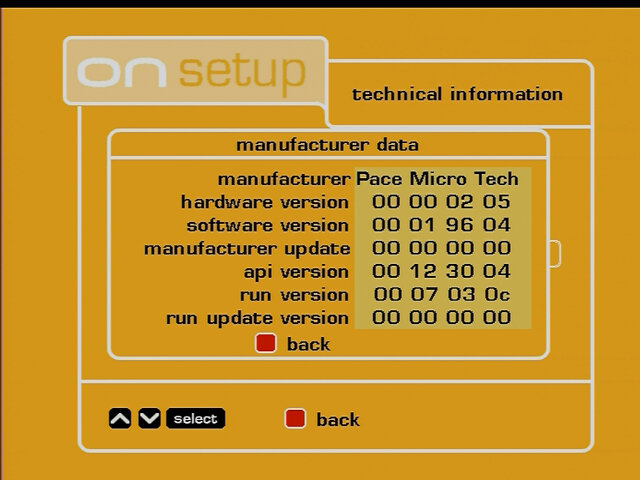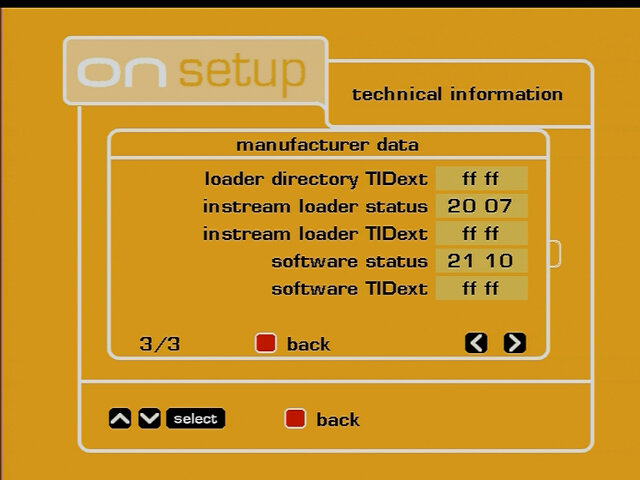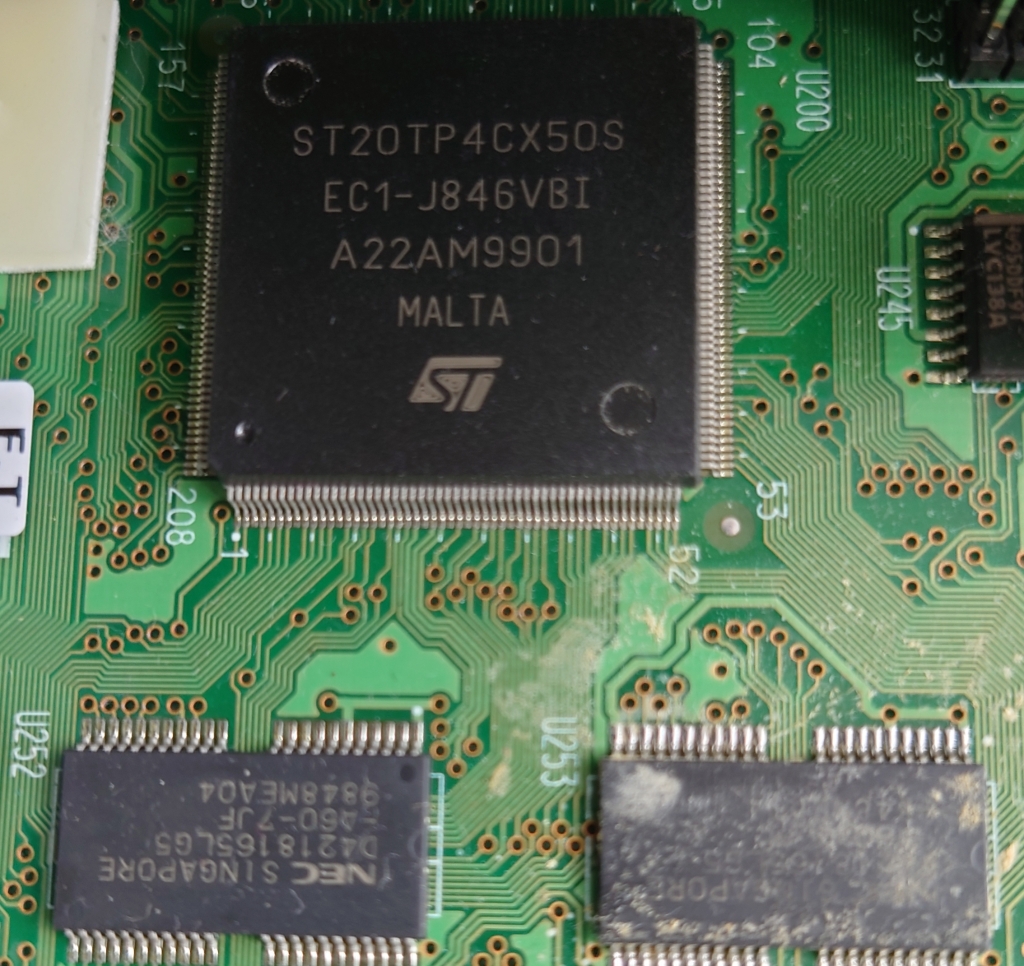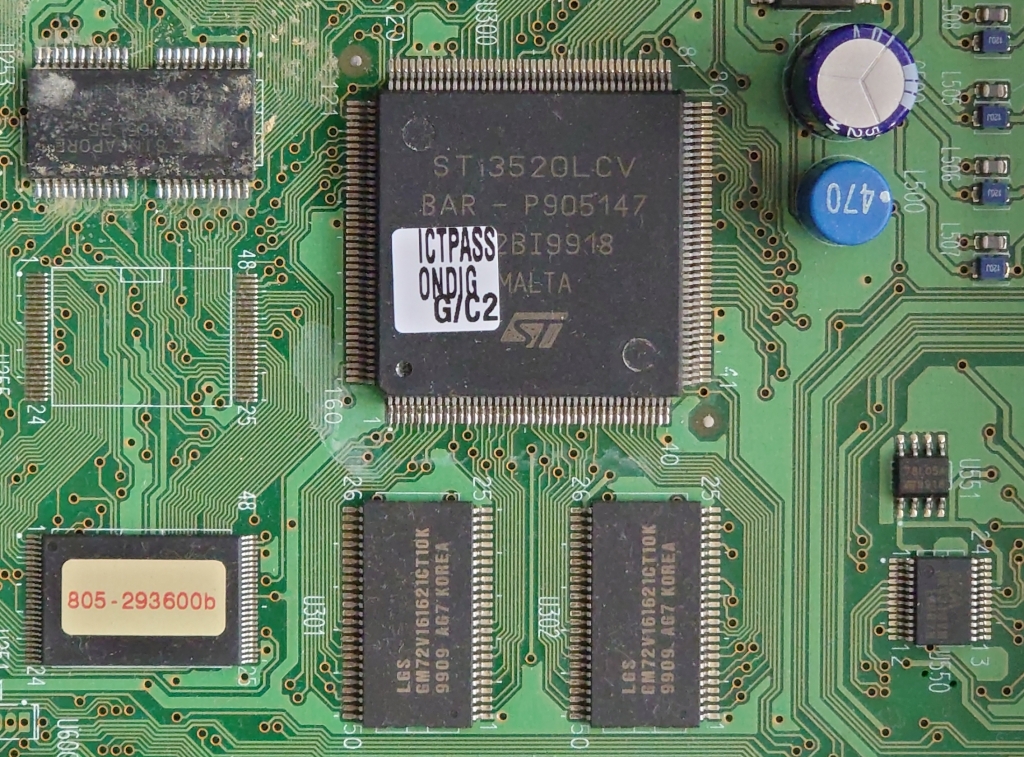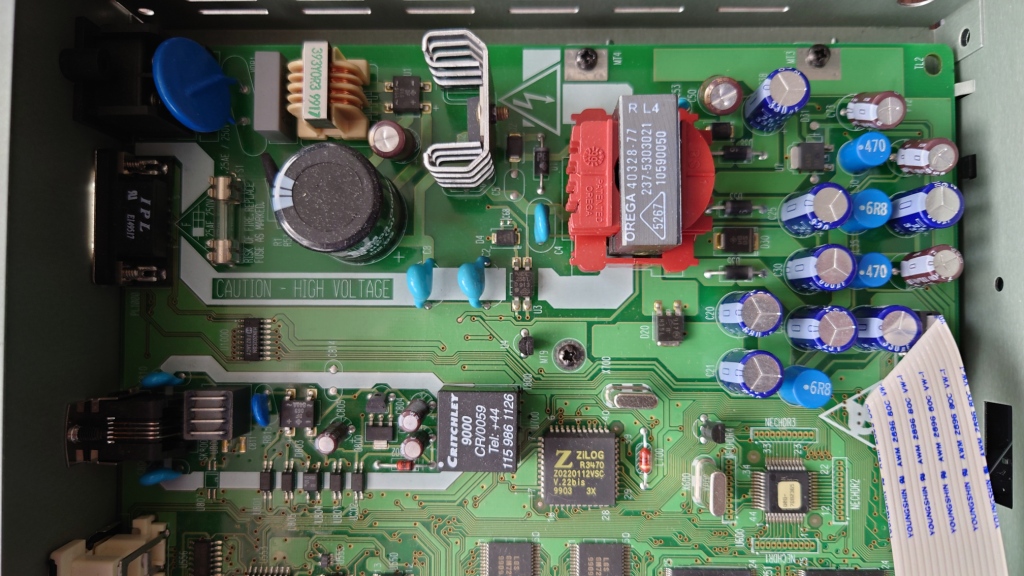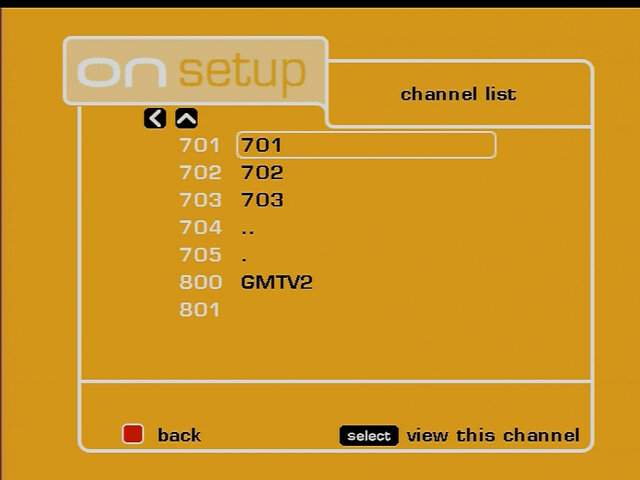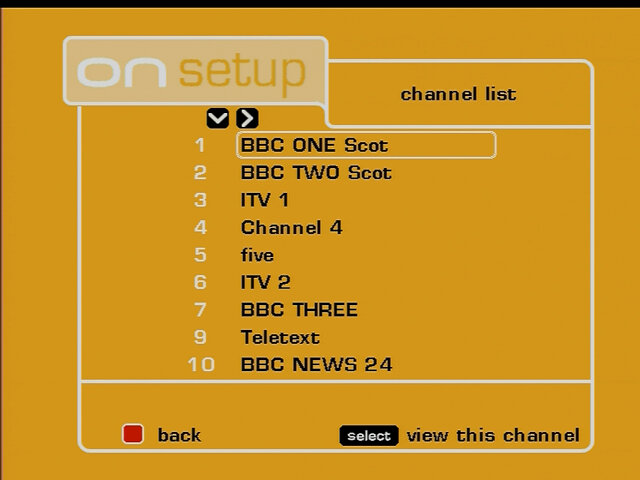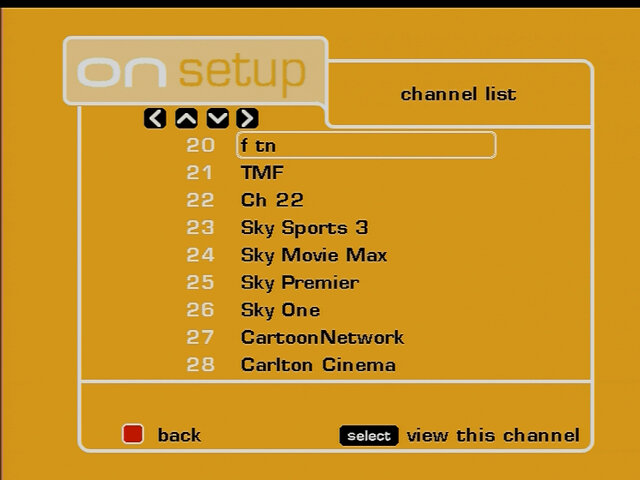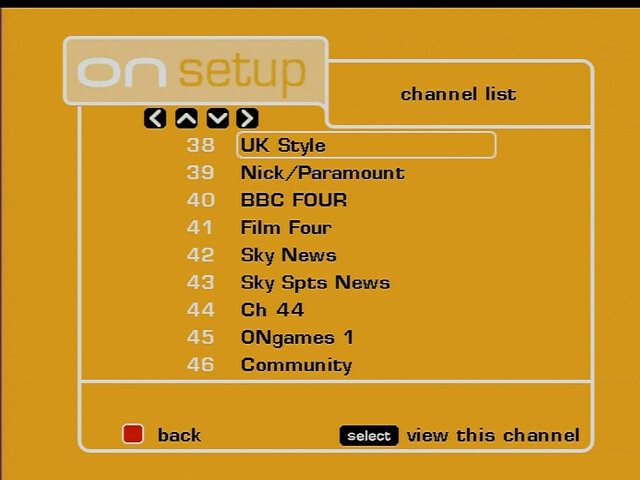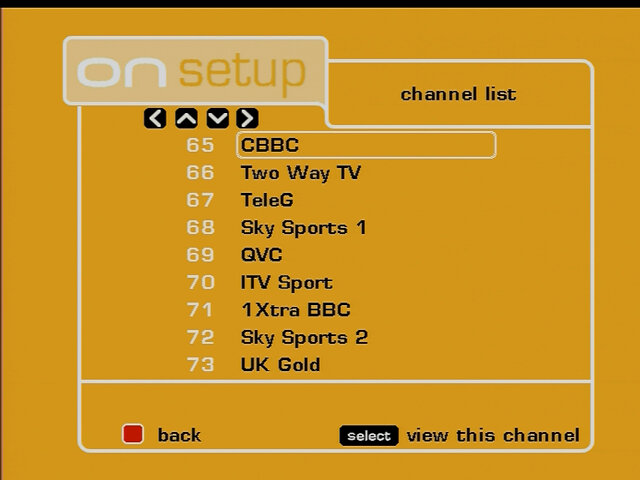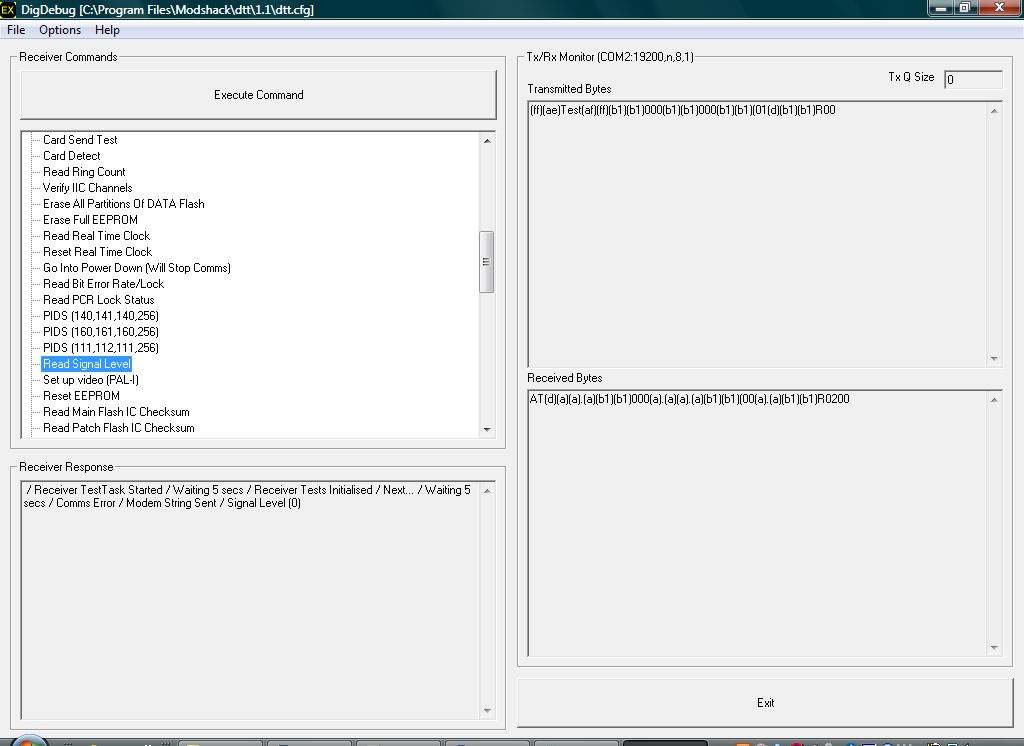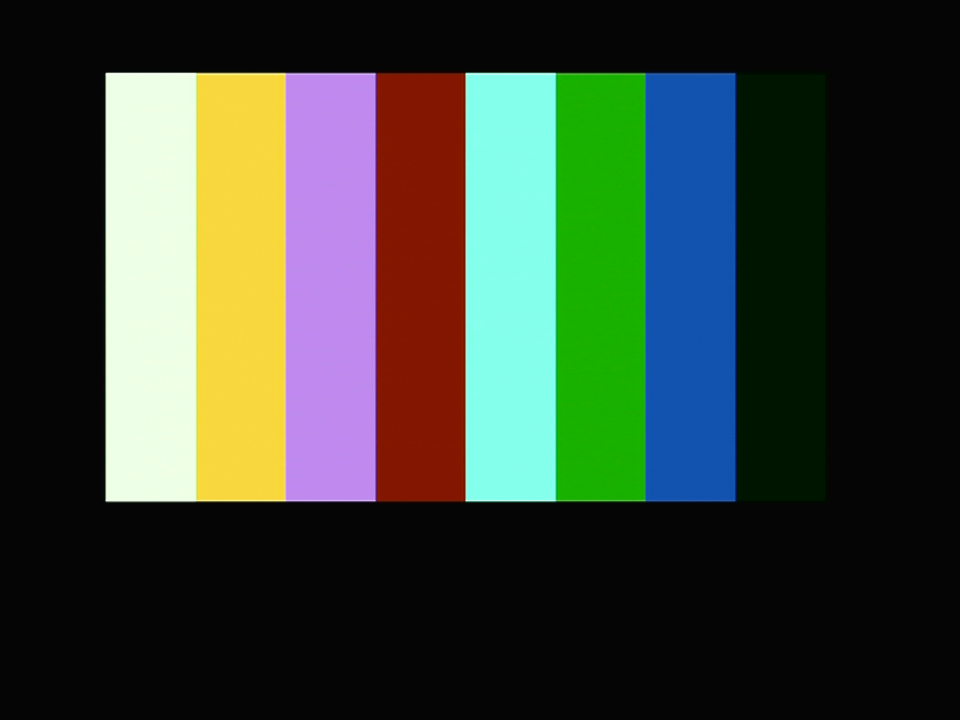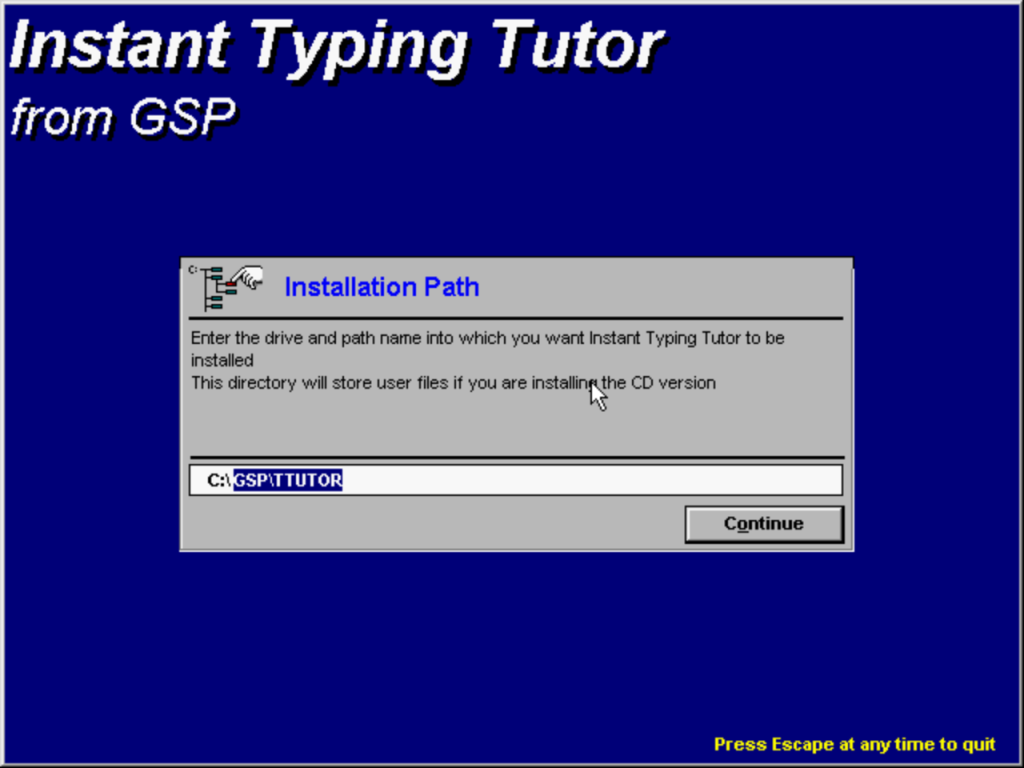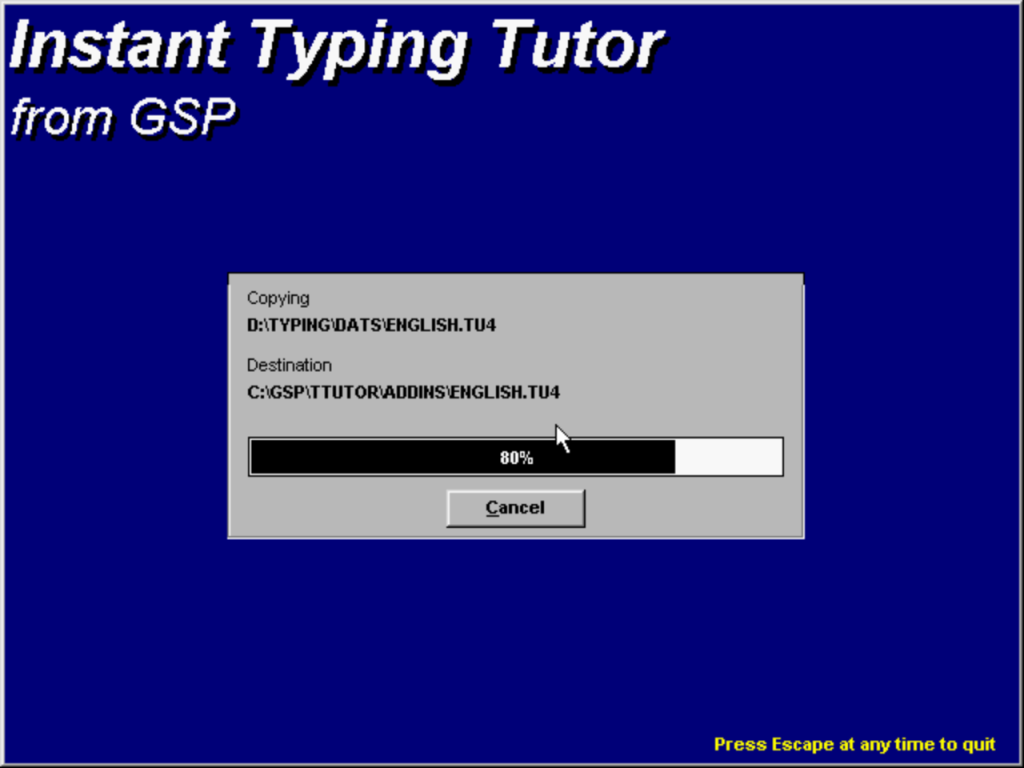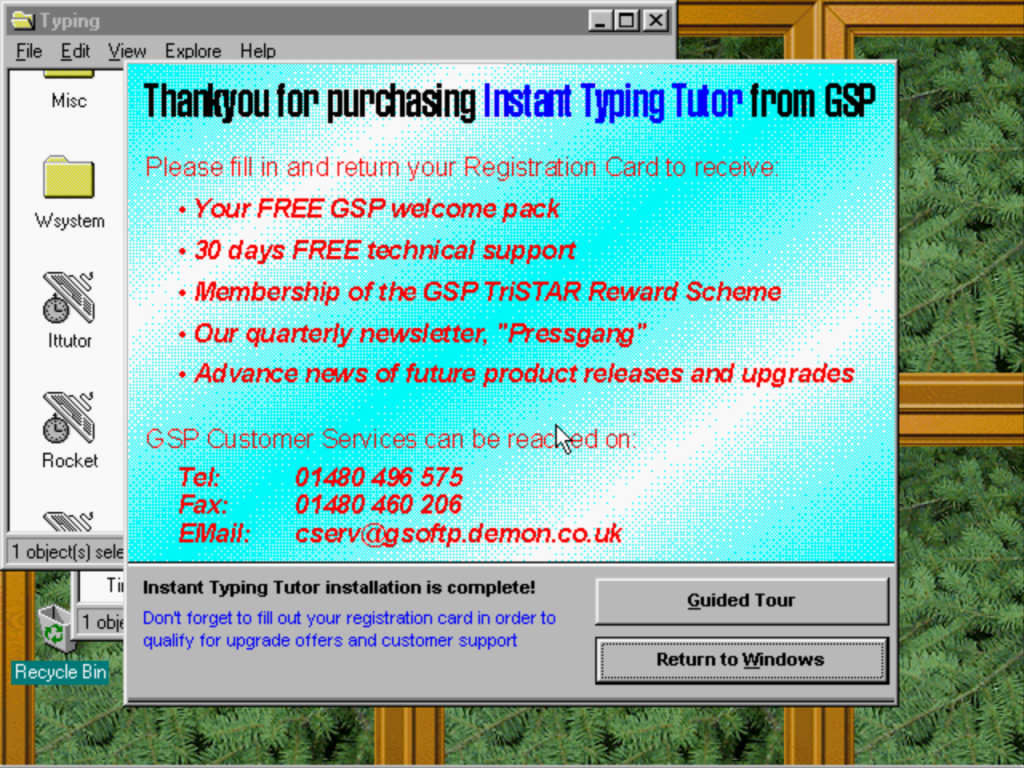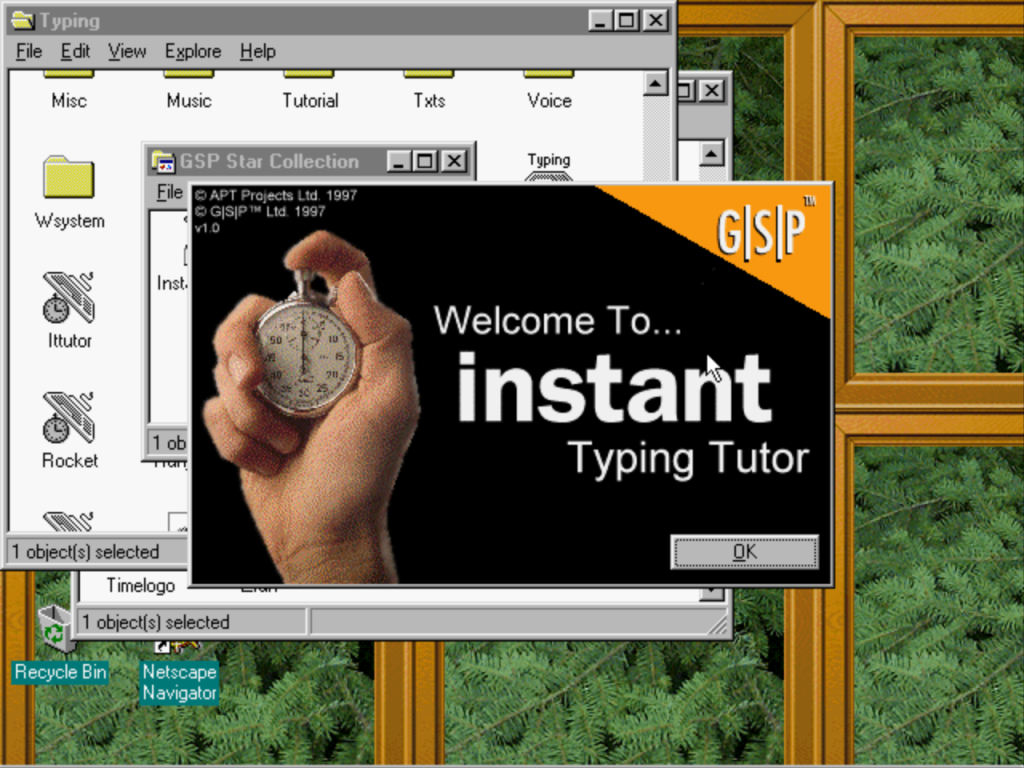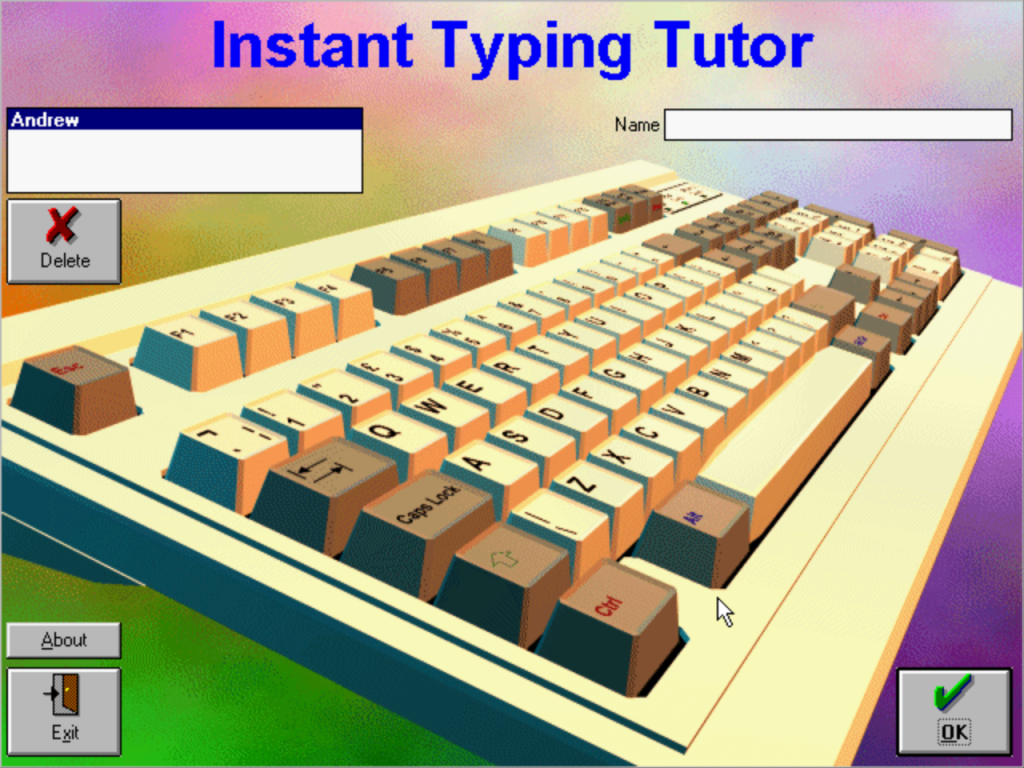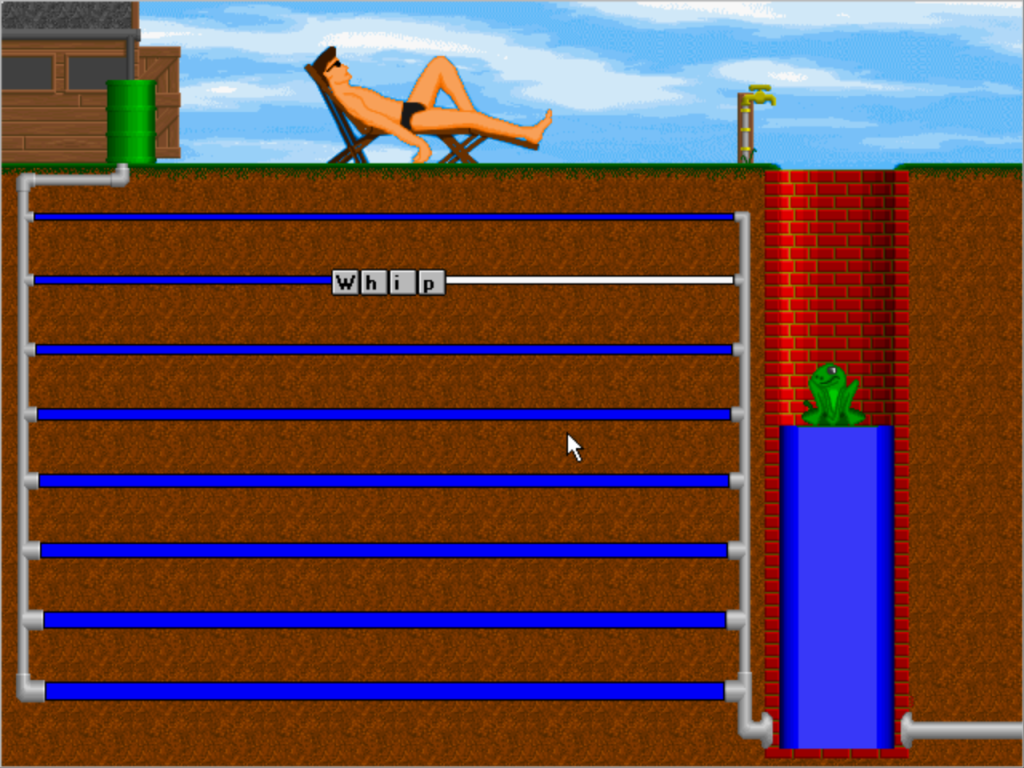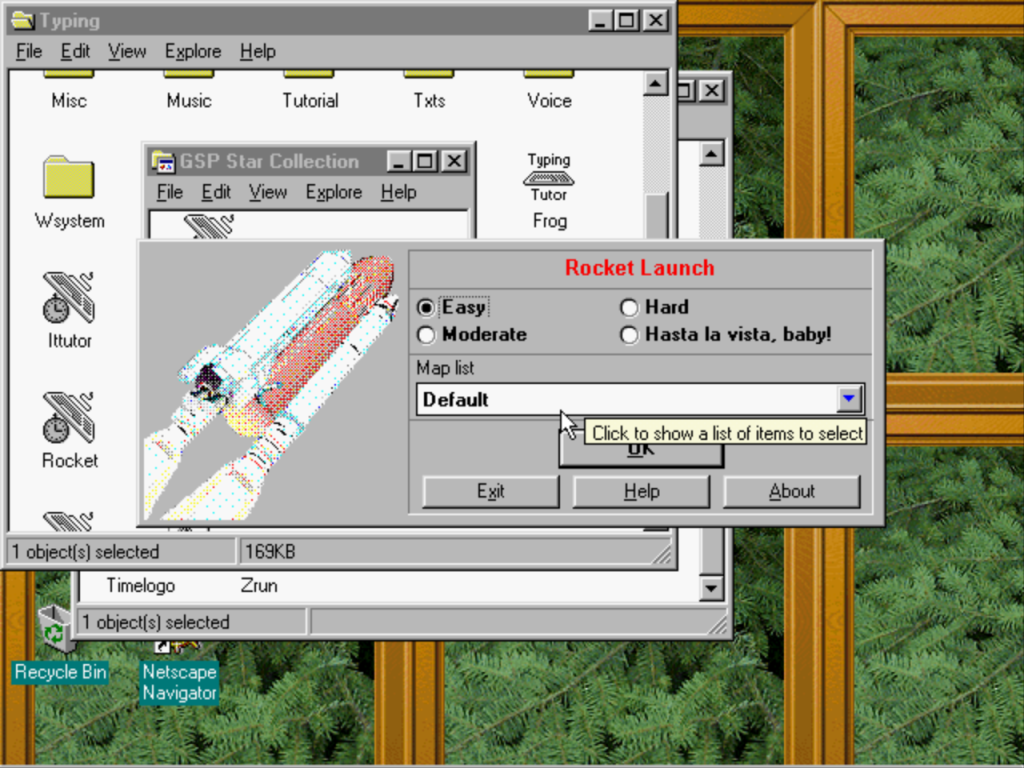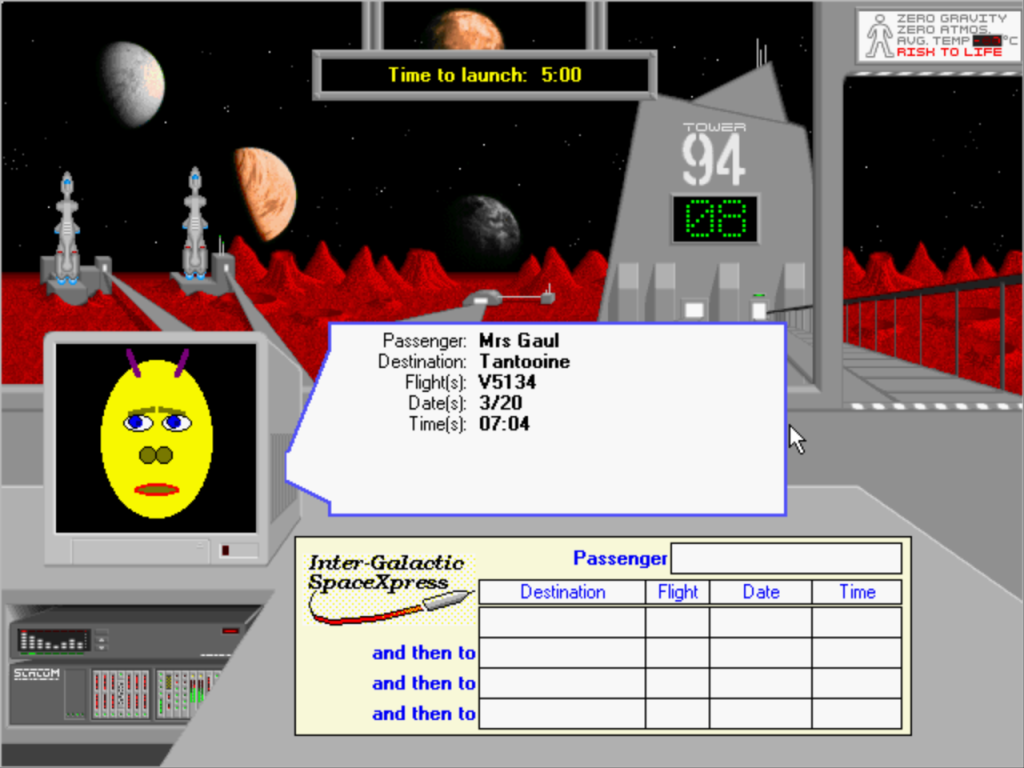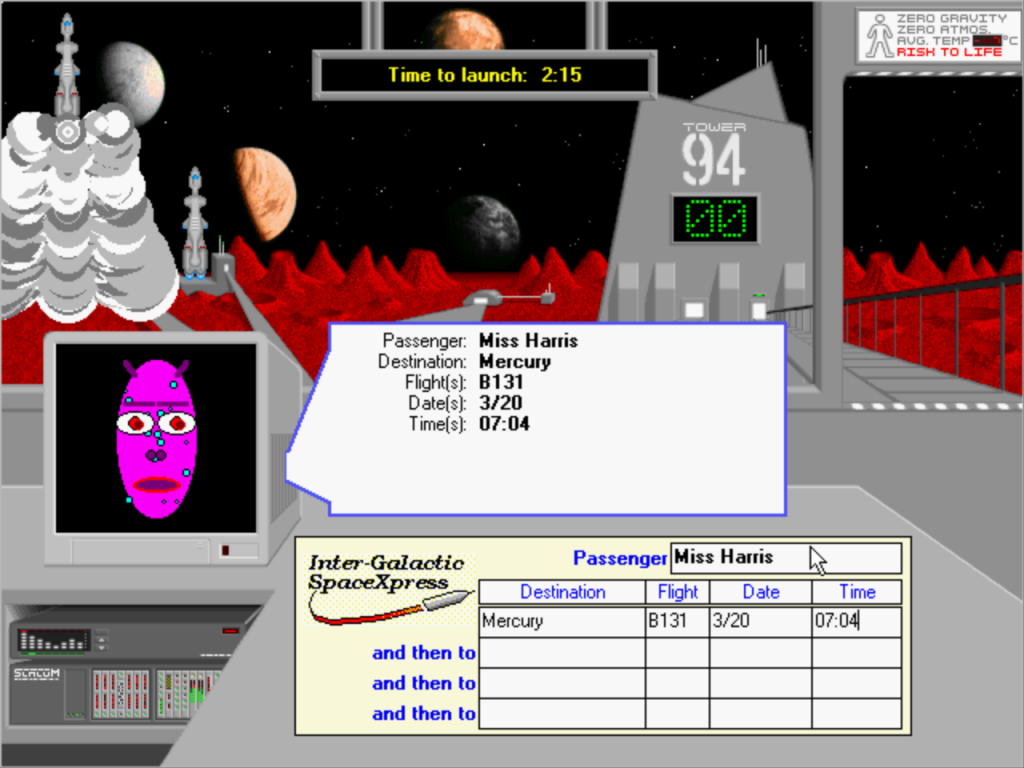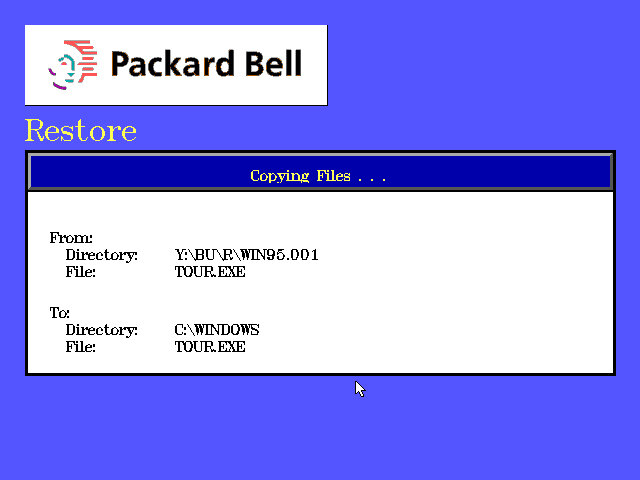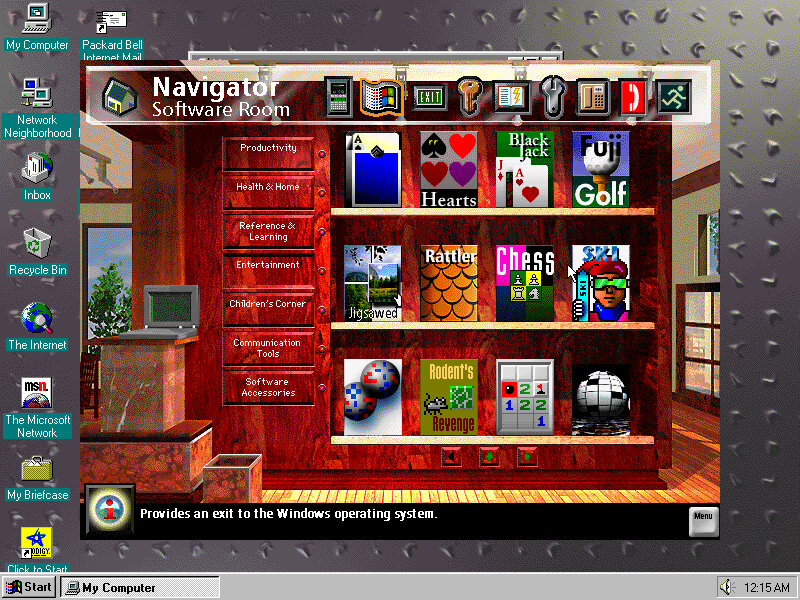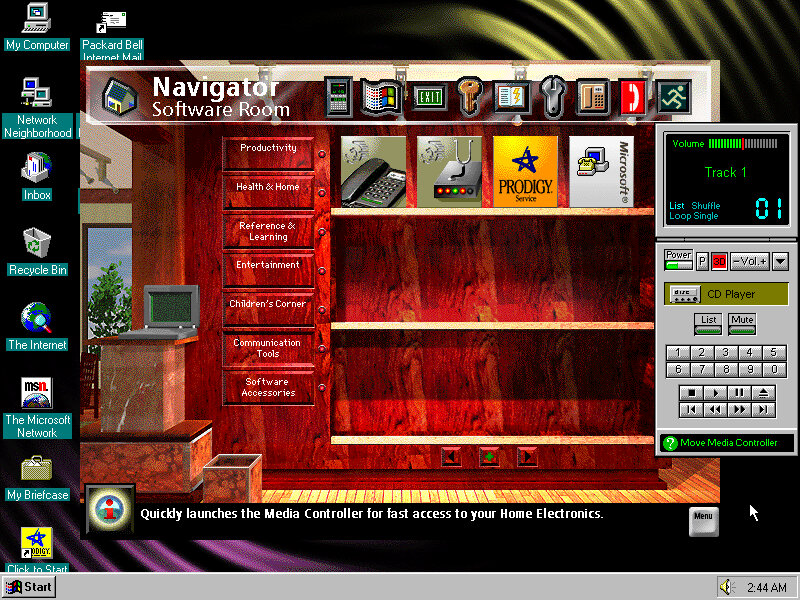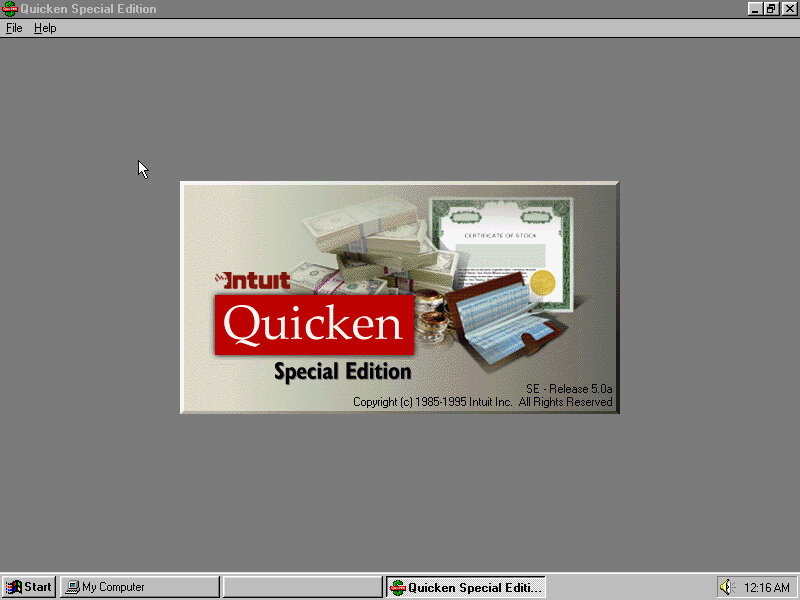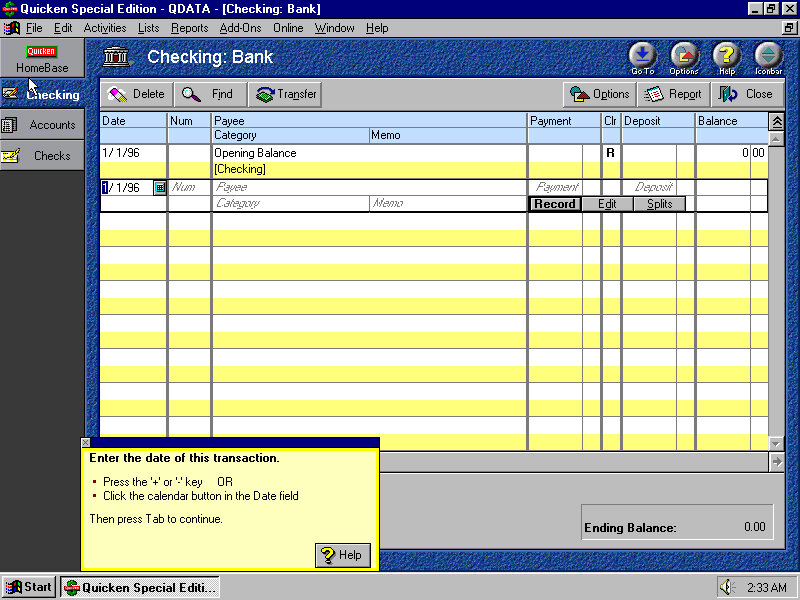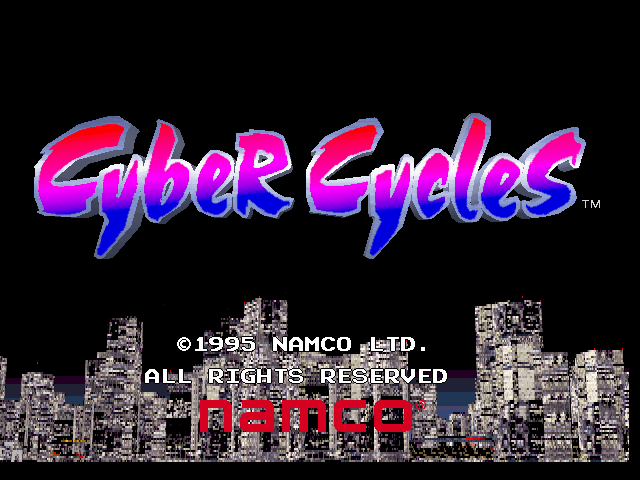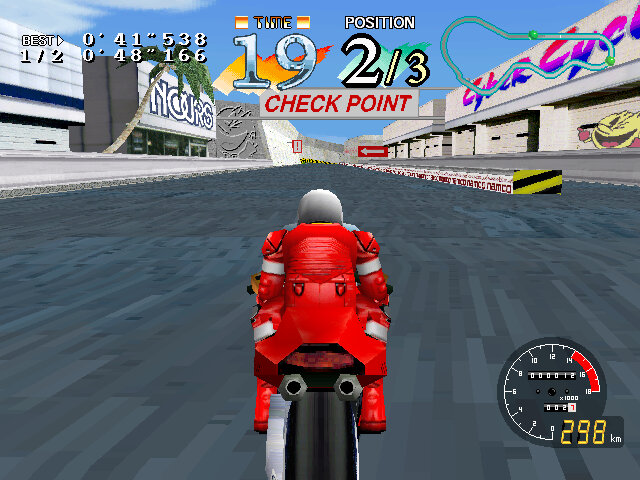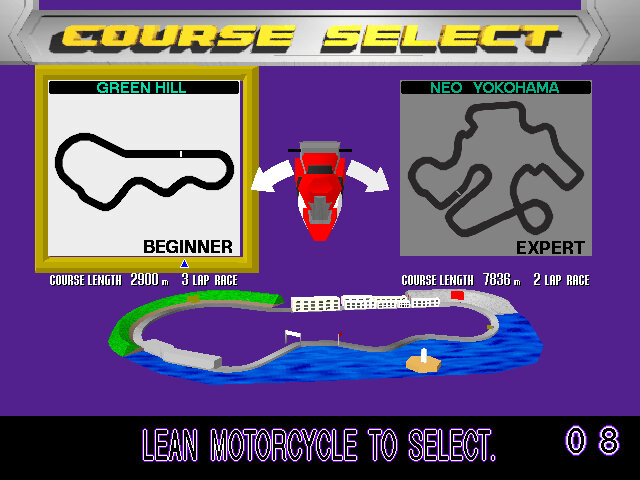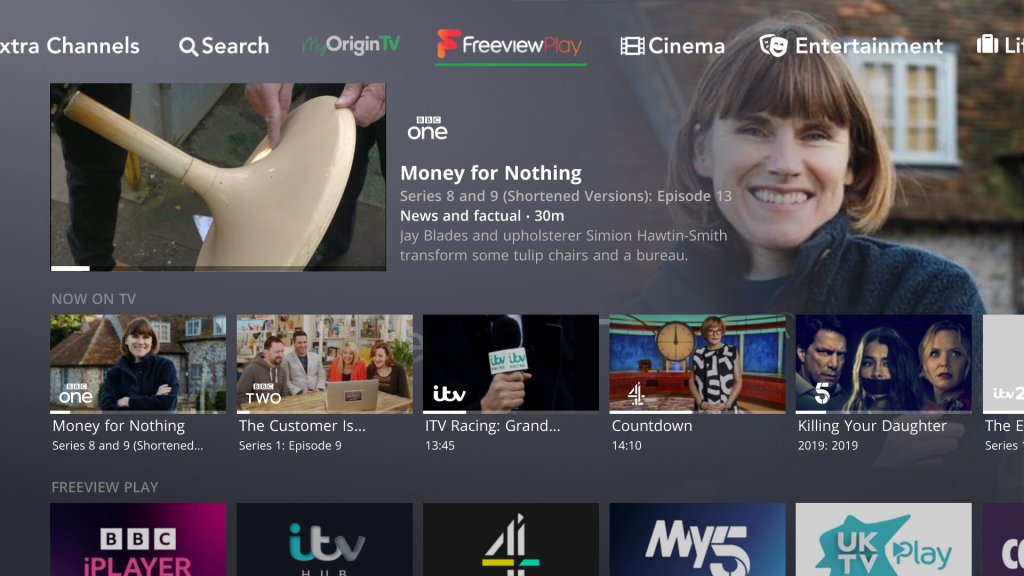
A Freeview service with a few additional services bundled alongside the regular Freeview offering, making full use of IPTV to deliver streamed TV channels in HD.
The service is very similar to Youview provided by BT or TalkTalk (Of which the latter now offers Netgem as an alternative to Youview) in that it melds Freeview and on-demand (Or catch-up services) with one interface, ideal for an alternative to smart TVs. Live TV channels are also offered and is one of the standout features of the service, whilst this requires a subscription fee – typically £15 a month, or £10 if you have a bundled internet plan with a service provider.
History of Netgem
Not many people are aware Netgem offer a subscription TV service of sorts
Netgem was previously known in the Freeview market for the iPlayer (before the name was squired by the BBC for their on-demand service), the Netgem iPlayer was an advanced internet-connected Freeview box that contained an internet browser and a basic media player, which put it leagues ahead of other Freeview boxes of its era.
Netgem TV
Some internet service provers will offer Netgem TV as part of the service, designed to be an alternative to subscription service from Sky or Virgin. In reality, many of the channels are different in scope and serve a niche interest. There’s no Sky Sports or Movies, and many common subscription channels are missing. MTV, and Comedy Central make an appearance, but Syfy, Discovery, Sky Showcase, and GOLD are missing from the lineup.
You can also purchase the box standalone which functions as a typical Freeview HD smart device, but this does not include the streaming channels. It does allow full access to the streaming apps (an additional subscription is required as usual) and the Freeview Play catchup services.
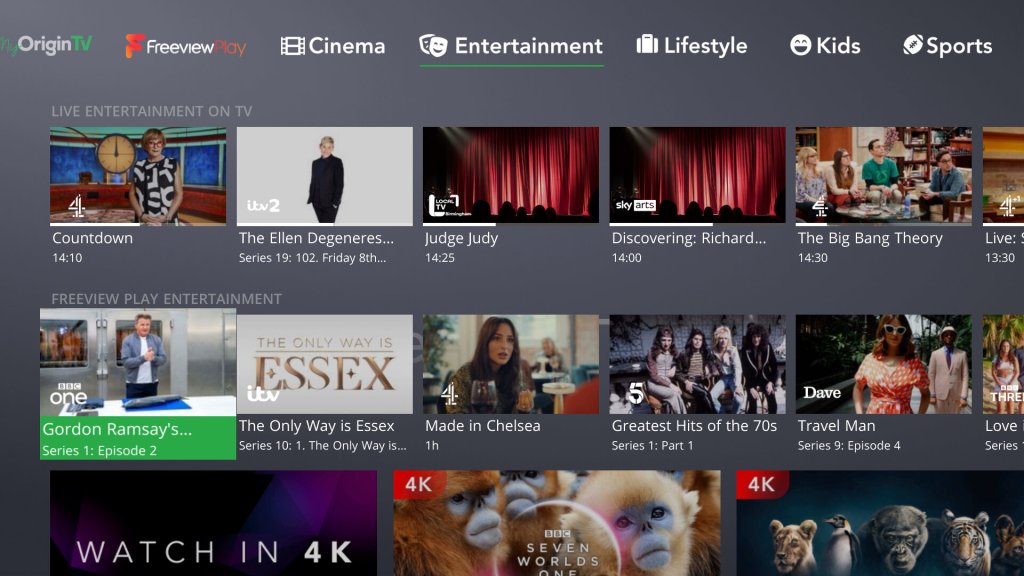
Also unlike a typical Youview box, the Netgem box is not classed as a PVR as it contains only a single tuner and lacks a hard disk drive. With it is intended to be used for catch-up services instead. Despite this, the box is capable of recording by connecting a USB drive to the USB port located at the rear of the box so you get the very basics of PVR’s

Appearance-wise the box maintains a low profile look, with an LED strip that indicates the power status of the box. Sizewise It’s similar in footprint to the basic BT Youview box
Install
Typical connections include Ethernet, HDMI output (Capable of supporting a 4KTV at 50FPS, so it must the HDMI 2.0 capable.
When powered up for the first time you will be taken through the set up process which will search for channels, check and download for updates (If you connect the ethernet cable before powering on the receiver will automatically install before going through the install) You will also be prompted to set up a PIN number as a few of the streaming channels require a PIN to access, depending on the content being shown. After all is done you will be notified of the Netgem TV apps for Android/iOS and will then be taken to the main TV interface.
One complaint is the lack of RF output or a proper loop-through. This assumes that you will be exclusively using Freeview with the Netgem TV and whilst that might apply to the majority of people, some may prefer to loop the output for the TV.
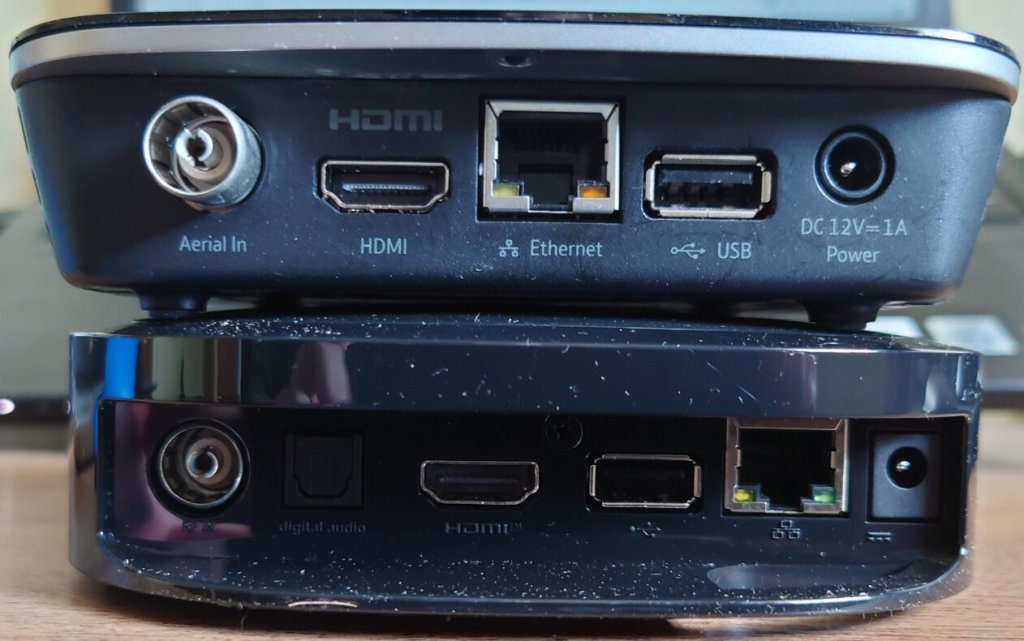
One reason for this is to emulate a dual tuner PVR, with the Netgem box busy recording, the TV is free to tune into a Freeview channel so long as it can receive a Freeview channel. This is a good consideration considering the Netgem box only features a single tuner, meaning it can only record one channel at a time (With some exceptions, being it can record two channels if they are on the same multiplex)
Of course, you could add a splitter into the setup, and split the signal between the Netgem box and the TV, but you live in a weak signal area this could affect your reception unless you invest in a signal booster.
Although in my case since it was connected to a computer monitor it wasn’t so much of an issue, but just a weird oversight if you wanted to integrate it into a smart TV setup.
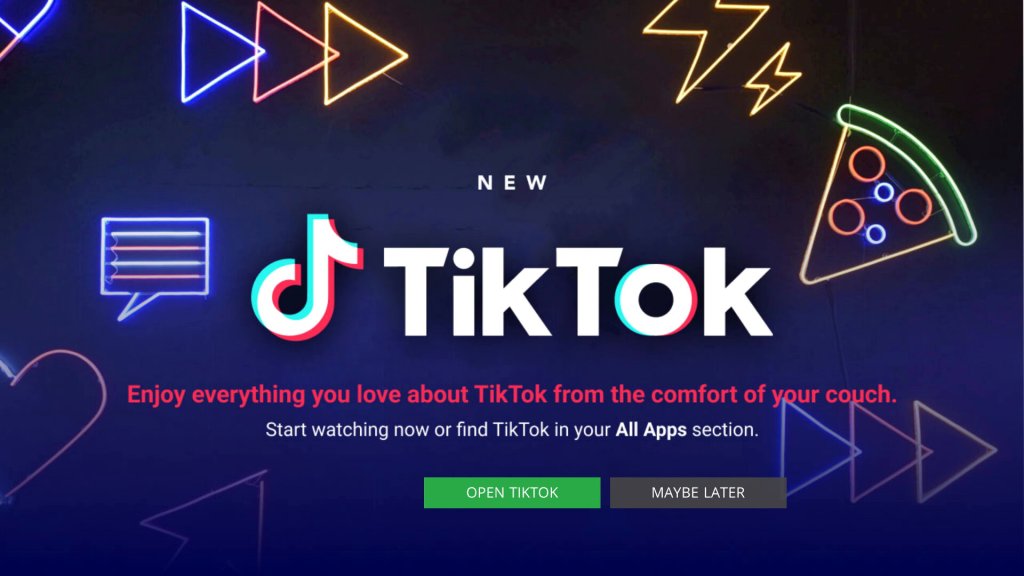
Interface
Netgem had developed and built its own TV Guide interface, which integrates internet streaming channels and content with the Freeview platform. It’s very Youview-like in its presentation and its graphics-heavy with TV show thumbnails being used to show currently broadcast programs and recommendations.
The home screen features a tab-like interface that gives access to the different genres of channels, with a dedicated section for movies, sports, kids, documentaries, lifestyle, news
You can see what is being currently broadcast, what is upcoming later that day per channel & any on-demand content that is related to the genre.
Coming out of standby takes a few seconds to start up, likely due to the box entering a low power state during standby. Unlike Youview there is no way to adjust this.
The onscreen keyboard is not QWERTY based, and I didn’t have much luck plugging in a USB keyboard, nor can you use the remote number pad to type anything in, instead it’s all done through the directional arrow buttons and pressing OK to select a letter. This is nothing but time-consuming and makes it a chore to search
In contrast, the original Sky Guide allowed you to type text using the remote when using the A-Z listing or when using interactive, it’s surprising how such a basic feature is overlooked. My guess (And this applies to most other ‘smart’ TV platforms) is they would rather what they recommend in your feed rather than find and discover content yourself.
EPG / TV Guide
The area where all your Freeview channels are listed, although it seems to be tacked on as an afterthought. Whilst it does its job, I feel there’s a lot of screen space wasted since it will display the program synopsis at the top, along with a heavily compressed JPEG that’s related to the program. It would have been nice to have the option to choose from a more detailed guide that would show more channels on the screen per page. Kind of like the old Sky Guide which displayed a row of 10 channels per page, Netgem only shows 7.
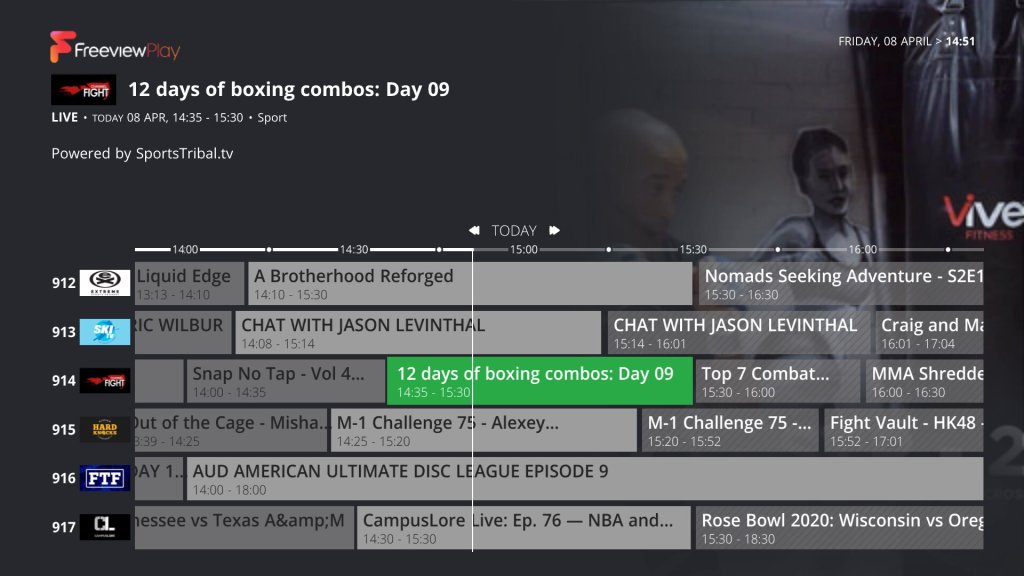

There is a dedicated button on the remote to get to the EPG, so that’s a nice feature. If only Youview had the same design. Channel logos are displayed when connected to the internet, like how Freesat or Tivo displays them.
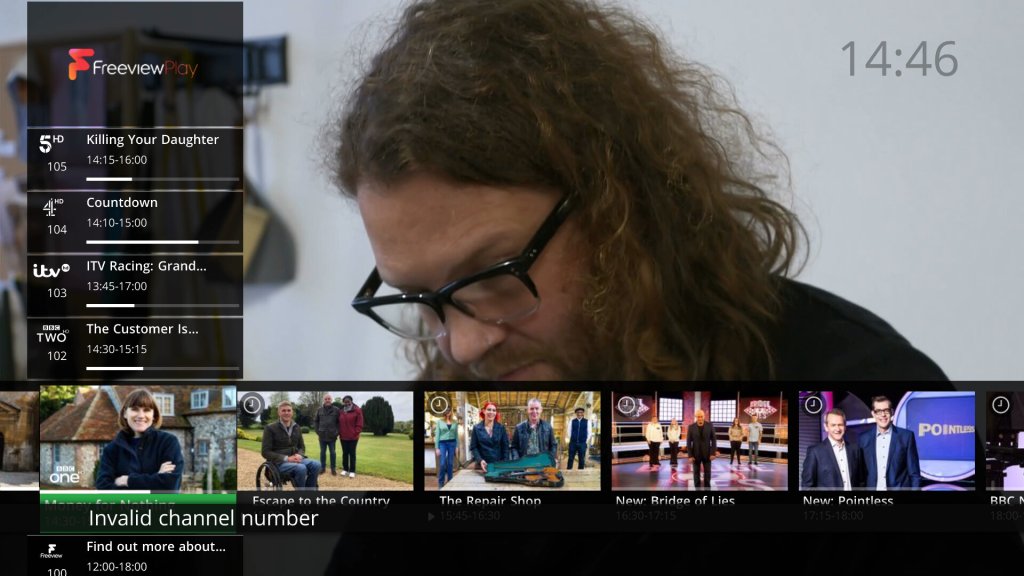
There’s also a search and scan banner of sorts, which kind of reminds me of the XMB from the PlayStation 3. You can cycle through the various channels and view the schedule whilst watching a live TV channel.
The Remote
The bunded remote feels on the cheap side and has a clicky feel to the buttons. A red LED light lights up when a button is pressed to indicate it is working. There are dedicated buttons for Freeview Play, and another for My TV which takes you to the home screen. There are a few buttons that take you directly to the channel list, EPG and the search function. There is also a dedicated button that opens Amazon Alexa, but it just tells how to pair the Alexa app to your device. I can’t see any microphone on the remote itself so I’m not sure if you can even speak commands using the remote.
TV volume control is not supported, instead, the volume will always control the volume level of the box. Whilst this makes it ideal for use with a computer monitor, people that watch on a regular TV many prefer the remote to control their TV or AV receiver / Soundbar
Apps and OnDemand
Freeview Play is integrated into the service, so you get full access to BBC iPlayer, ITV Hub, Demand5, 4oD Pop Player, and Horror Bites.
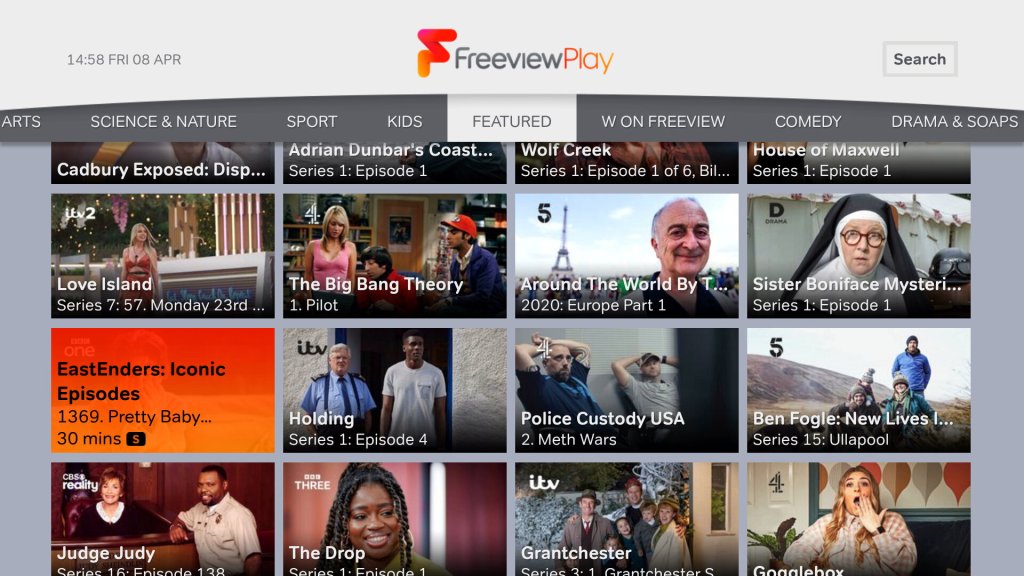
There are a few other streaming applications available that are not part of the Freeview Play like YouTube, Amazon Prime, Rakuten, BritBox & AcornTV. These do require an additional subscription, they are not included in your Netgem subscription if you have one.
Plex is also available, which includes a few free streaming TV channels
But no Netflix which is a strange omission, since nearly every smart device has Netflix on it, including an old Sony Blu-ray player I have from 2016. Guess I can’t watch Cuties in 4K or race-baiting documentaries on this box…
Streaming Channels
This is one of the unique features of the Netgem TV box is the live TV channels offered through the service, many of which consist of IPTV-exclusive streaming channels, although there are a few known channels included like MTV.
They appear in the main EPG/TV Guide as any other TV channel and are quick to tune in with very little buffering time needed. Most channels broadcast in full HD, aside from the handful of HD channels Freeview HD offers.
Still, there’s no ITV2/3/4 HD or E4 HD, which are missing from the lineup and would be useful to have.
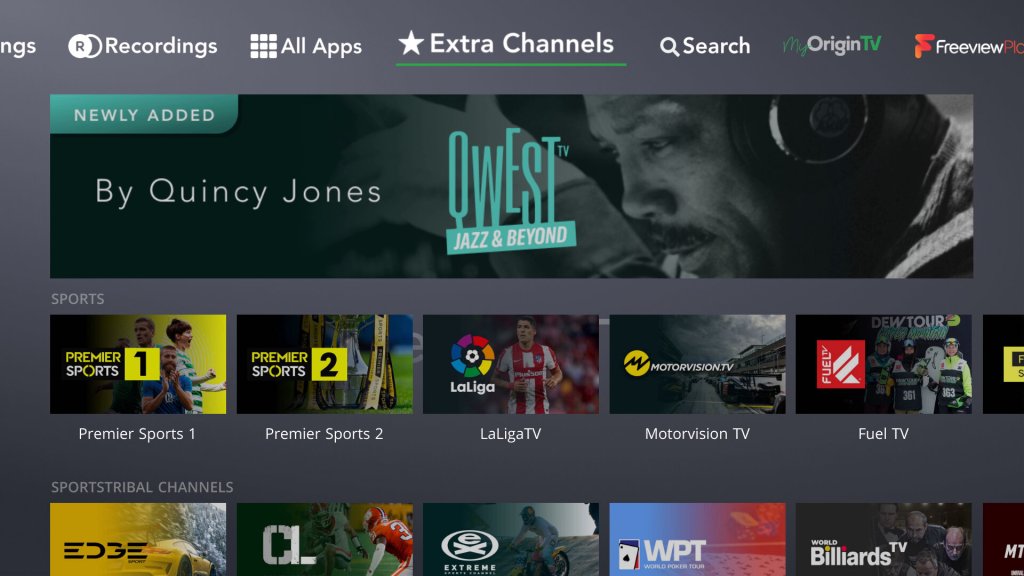
These channels are featured in the 900 section of the EPG, which seems like there shunted off at the back end of the EPG, compared to the Youvuew TV service where the subscription channels occupy the 300/400/500 section. Perhaps these were reserved by Youview and Netgem had no access to this section? I know the 700 section is reserved for radio channels, and the 800 is used for channels from other transmitters that the box will sometimes pick up.
I cant see why the 300/400 section could not be used, since this isn’t a Youview vox and it never will be, so it makes no sense blocking off these channel numbers, plus the 900 section is nearly full with only a few blank channel numbers in between.
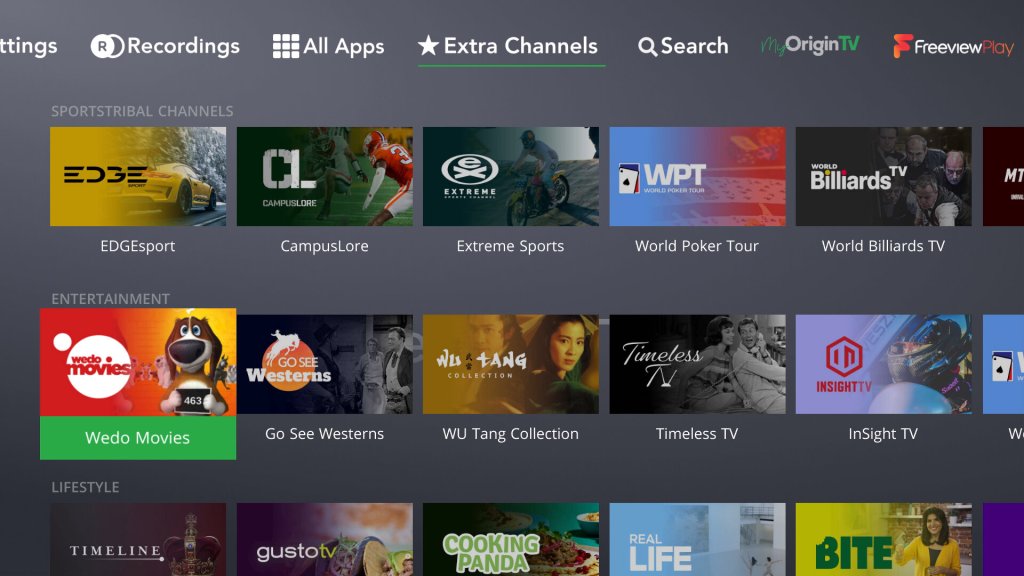
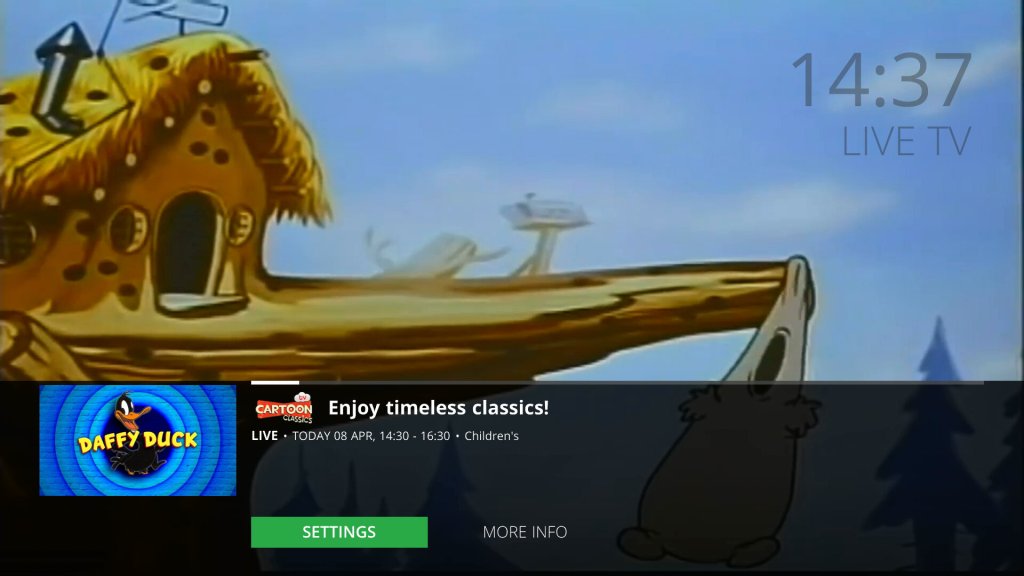
Adding to the selection, you have also access to the MHEG streaming channels location from 250 – 299. They take a few seconds to load but the channels do work. VisionTV below works fine, if a little slow.
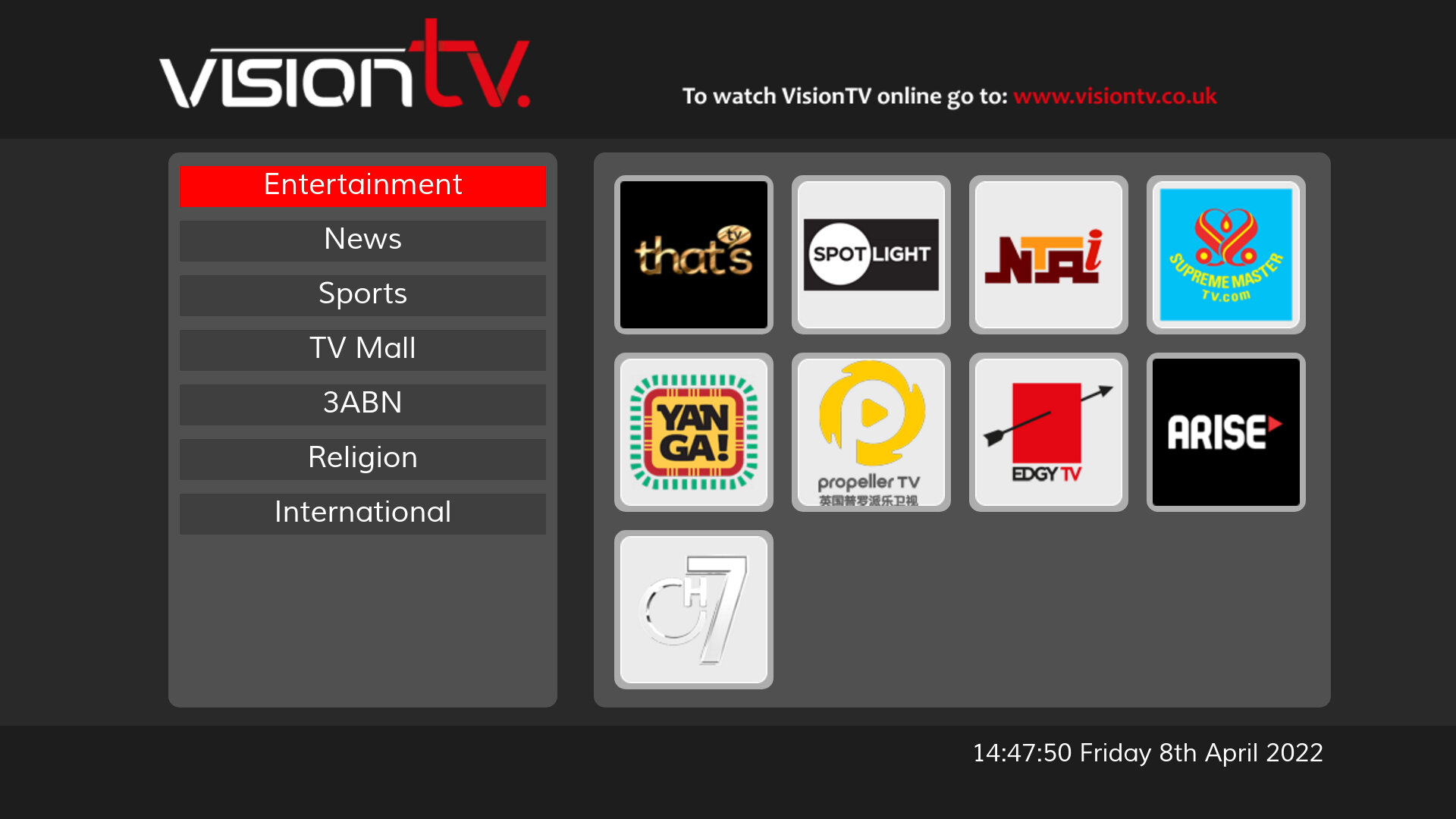

Not related but what is with this MHEG screen? looks like a Windows 9x BSOD
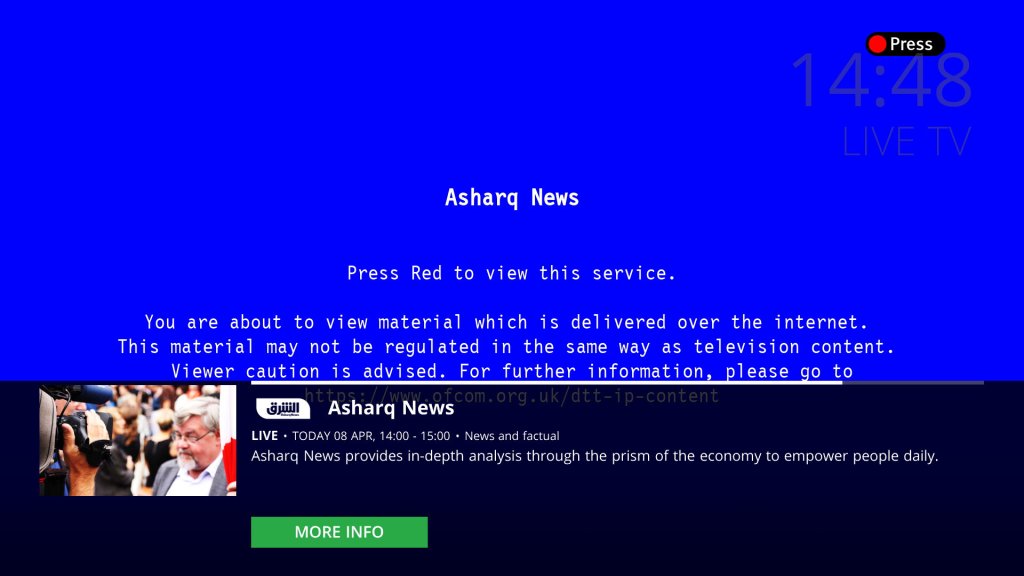
Recording
As established, the unit only performs the very basic PVR functions, it lacks an internal hard disk, so in order to enable PVR functionality, an external USB drive must be connected to the rear USB port. This can be either a flash memory-based memory stick with 32GB or higher capacity or an external hard disk.
The single tuner will also be a limitation, although if you have a modern smart TV you can emulate a dual tuner PVR by recording on the Netgem box and watching live on the smart TV, or connecting USB external storage to the TV and having that record also, which can act as a second tuner.
Unlike a PVR, the Netgem does not buffer or actively record TV, this means you cannot rewind TV, instead you must press pause which will activate the buffered recording. If you are used to PVR’ from Virgin/Sky or Youview or any basic Freeview PVR this will be a disadvantage since those models will actively record the live TV broadcast, enabling you to pause and rewind at any time. This also means you can’t quick rewind, so if you miss a piece of dialog or see to see something quickly again, you cannot skip back a few seconds.
Sadly you cannot record the streaming channels, only the Freeview (DTT) delivered channels. The good news is a lot of these channels have their content available on-demand but with a snag, you have to sit through the adverts.
Settings & Configuration
HDMI-CEC is supported if your TV or AVR supports it, and it will turn on with your TV when selected in your TV’s HDMI menu.
The box also features Wi-Fi built-in, although ethernet can be used instead.
Current Software: 8.4.21-67 (Sat, 19 Feb)
Mobile App

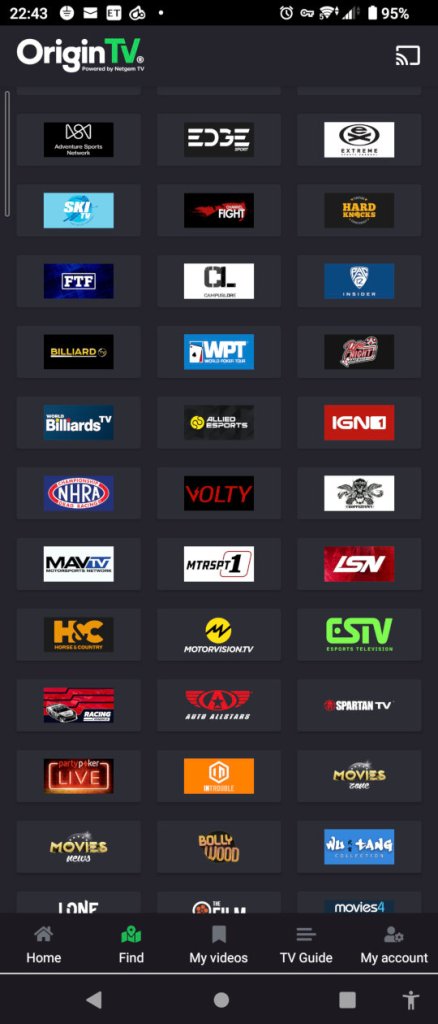
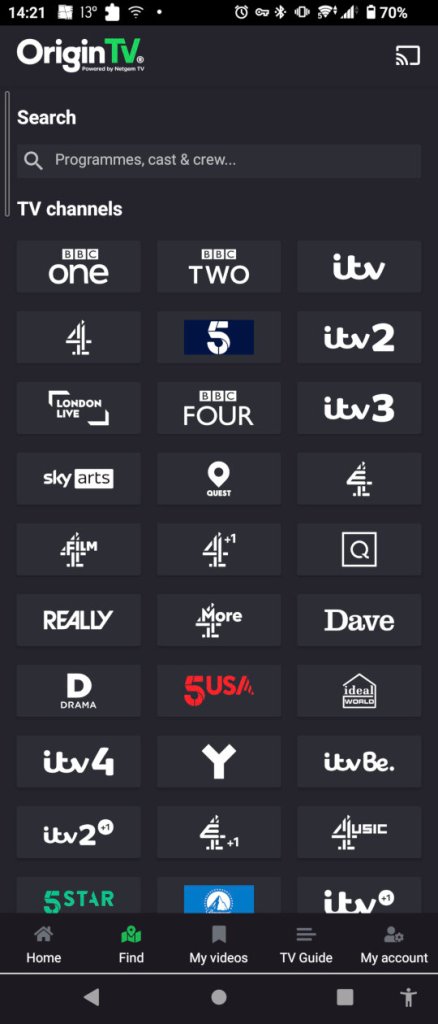

TV guide listings can be viewed through the smartphone app. You can cast channels through using the screencast feature which will detect compatible devices. This seems to be limited to Android-based devices, and the Netgem box, as it picked up my Sony Android TV and a couple of Google assistants.
Screenshots are taken with a Sony Xperia 5 II
Key Considerations
- Performs poorly as a PVR, which seems to be tacked on feature. But then again it’s not really designed for such. Netgem also does not have a PVR-based box.
- Some UI features have been overlooked, like the channel number missing from the search and scan banner.
- The remote feels too clicky and cheap
- Can’t seem to disable the PIN protection completely, some channels will always require it which gets annoying
- The streaming channels are reminiscent of the various FTA channels you used to get on Sky back in the mid-2000s, where some were very niche and interest-specific. That said the picture quality is fantastic on these channels.
Honestly, this would be much improved if they had a PVR option, something that acts as a good alternative to Youview considering this service is marked and often bundled with FTTP internet service provided. However, the trend here is everything must be in the cloud as it’s trendy and modern. Fuck the cloud I’d say, I want the content available locally to watch, not disabled due to some crappy servers going down or because of some backward copyrights policy.


